February is one of the hottest months of the year so it’s a good time to start some of your autumn sowing seeds both outdoors and indoors. Sowing times depend on what district you live in, but you can start seeds indoors roughly six weeks before planting.
In this guide, we’ll explain the benefits of sowing seeds indoors in autumn and explain how to do it so you can get a head start on your crops and learn a new growing method.
Why Start Seeds Indoors?
Vegetable seeds such as carrot seeds, radish seeds, and parsnip seeds should be sown directly into the garden as they do not transplant well, whereas others can be started in punnets or containers, either outdoors in warm or temperate districts or indoors in cooler areas.
Many cool-weather crops have a long growing season so it is a great idea to start them earlier in the year for healthy starts that are ready for transplanting at the beginning of autumn. This is helpful for two main reasons: planting too late in autumn and winter will mean your seedlings grow very slowly. The day lengths significantly shorten and cold winter weather decreases the rate of growth, and you want your autumn and winter crops to develop and be harvested before summer rolls around. Similarly, hot weather and increasing day length can cause maturing crops to run to seed prematurely which may impact the quality (and taste!) of your veggies.
Some longer-season varieties include the brassica vegetables such as broccoli, Brussels sprouts, cabbage, cauliflower, and kale. Radicchio should also be started early to ensure the plants are ready for harvesting in chilly weather which will help develop the richly coloured inner leaves and solid heads.
There are also a lot of delicious leafy greens for autumn which can be started indoors. Some great ones to try include spinach seeds, silverbeet seeds, lettuce seeds, and Asian greens seeds. Many of these plants can be harvested as needed, particularly loose-leaf lettuces and silverbeet, so you won’t have to replant the crop each time.
Let's not forget onions! Try seeds of spring onions, leeks, and shallots. For the tropics and the subtropics, your choices include all the warm-season crops that gardeners in the south have to wait until next spring before sowing.
What Container Should You Start Seeds In?
Certain seed varieties don't like to be transplanted because of the shock to their root system. Jiffy is great for this because you can sow the seeds, then plant the whole thing, pot and all, without disturbing the roots. If using your own containers to sow crops, ensure they are clean and have good drainage holes.
If you are the DIY type try egg or milk cartons, yoghurt, or paper cups. Some gardeners make pots from strips of newspaper so you are only limited by your imagination.
HINT: When using anything made of peat, wet the peat thoroughly before filling with your seed-raising mix. Otherwise, the fibre or peat will act as a wick and pull moisture out of your soil.
Where Should You Place Your Container?
You've got your container so let's fill it up; not with garden soil but with some quality seed-raising mix. A good seed-raising mix is formulated for perfect drainage and water retention and often includes some slow-release fertiliser for an added boost.
We recommend seed-raising mix or Jiffy pellets over regular potting mix because it's much finer for small seeds to germinate and establish. This is important because you want the mix to make good contact with the seeds to prevent them from drying out.
HINT: Always sow about twice as many seeds as the number of plants you want because sometimes (not always) some seeds won't germinate. There can also be losses in the transplanting process and again when thinning.
Where Should You Place Your Container?
When sowing into trays and pots indoors or outdoors, the location is important. Harsh direct sunlight and exposed windowsills can easily burn off delicate young seedlings, for example, so it is best to give them a bright area with filtered light instead, to begin with.
Once germinated, you will want to 'harden off' seedlings by gradually exposing them to more direct light and outdoor temperatures over a couple of weeks. Ensure they are kept well-watered at this time.
When To Transplant Seedings
A good sign of when your seedlings are ready for the garden is to check if the roots have filled out the pot. If you notice small roots through the drainage holes or out of the sides of your Jiffy pots, this is also a positive sign.
Alternatively, you can very gently grab the stem (if it’s sturdy enough) and if the pot easily releases with the roots holding soil, it’s ready for planting.
If you keep your seedlings in small pots for an extended time, they could become rootbound. The roots should be gently loosened before planting to allow them to branch out into the soil.








































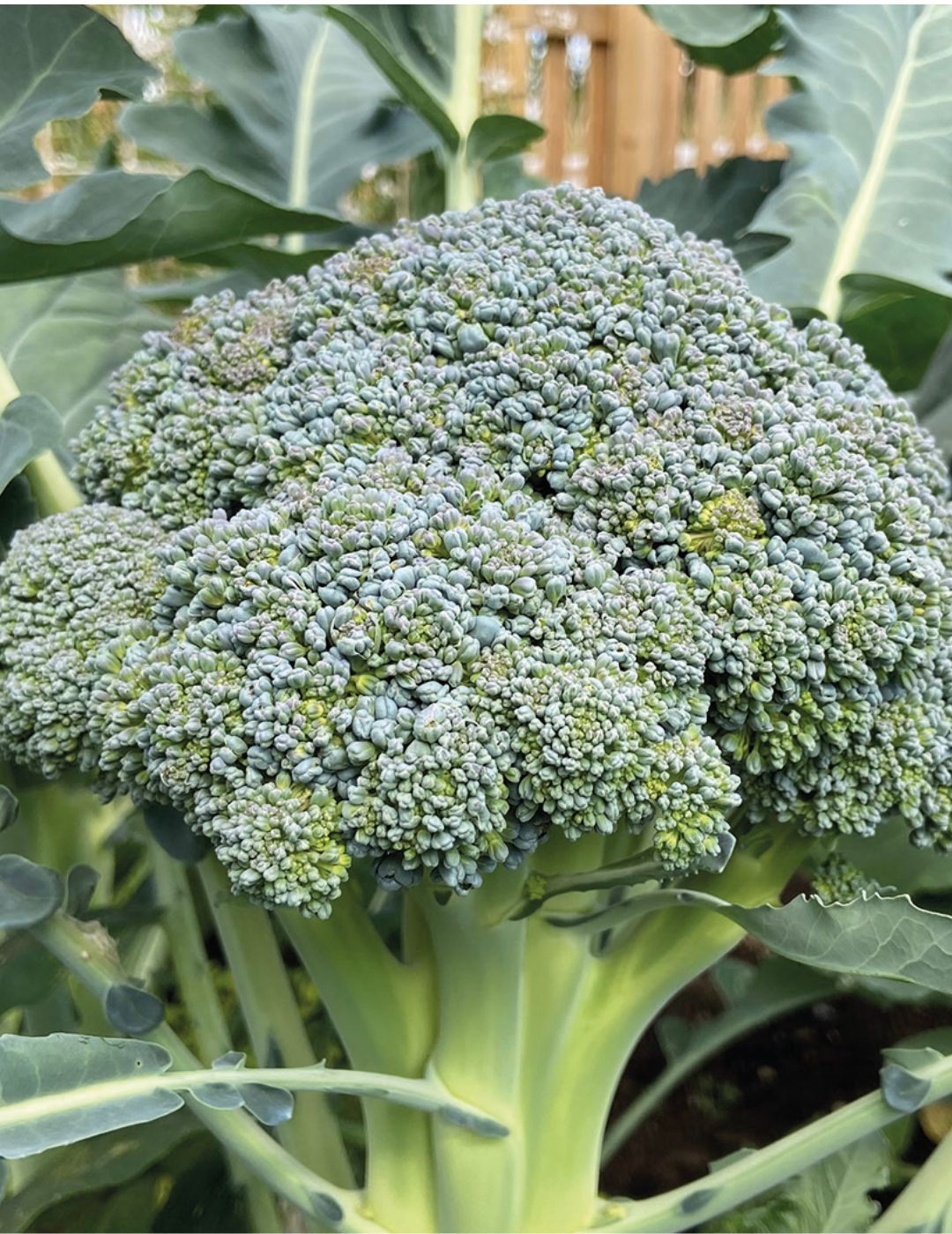
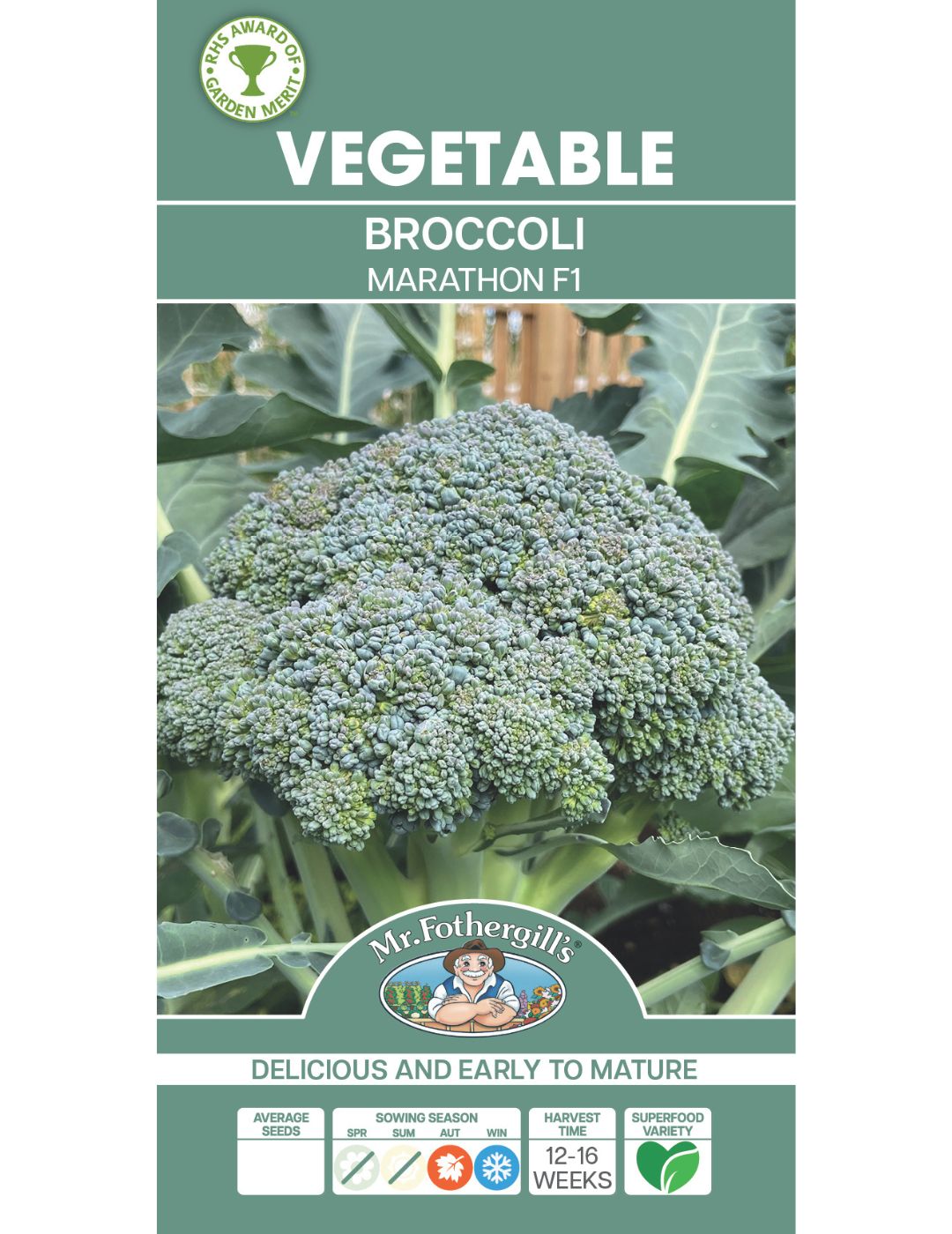
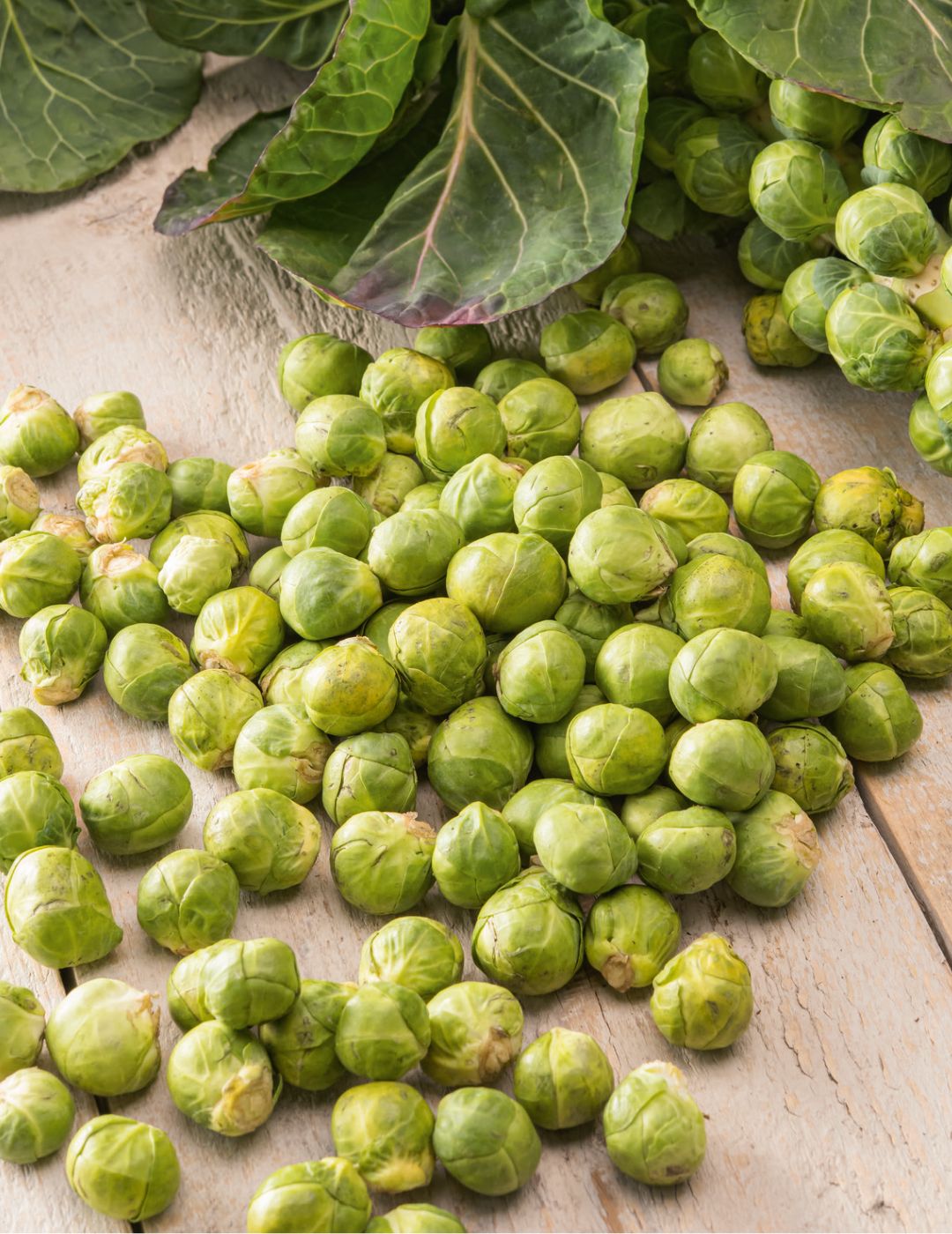
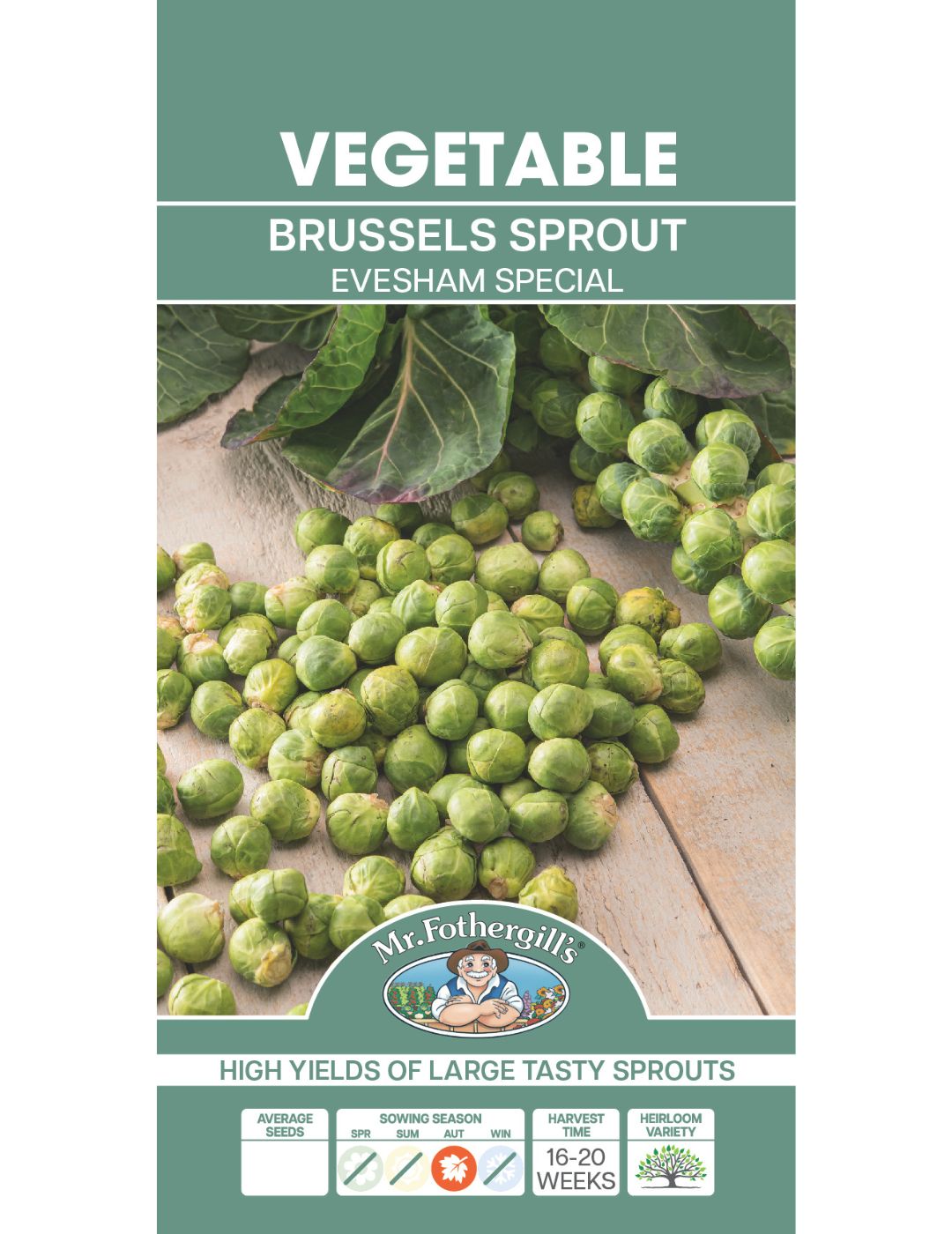
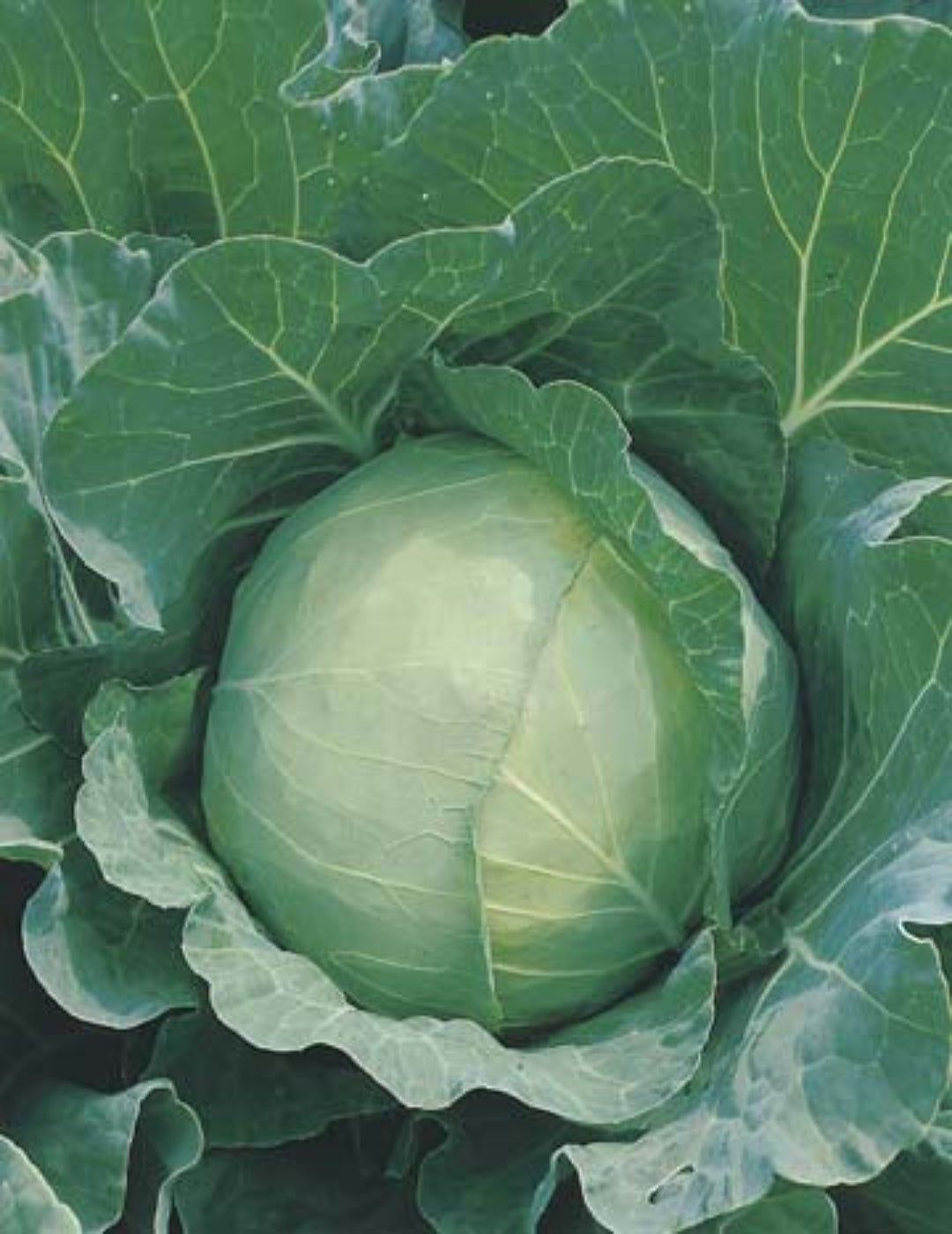
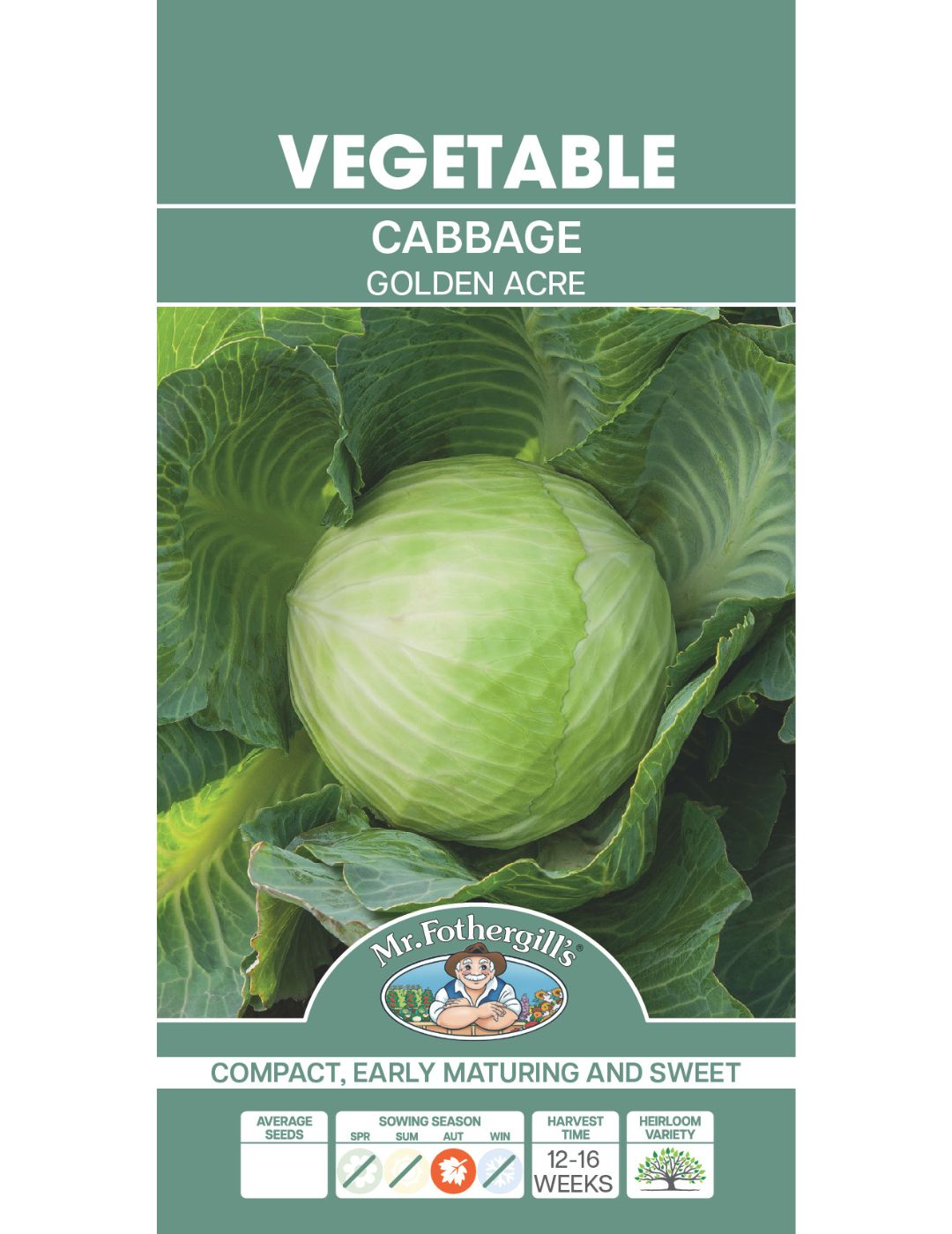
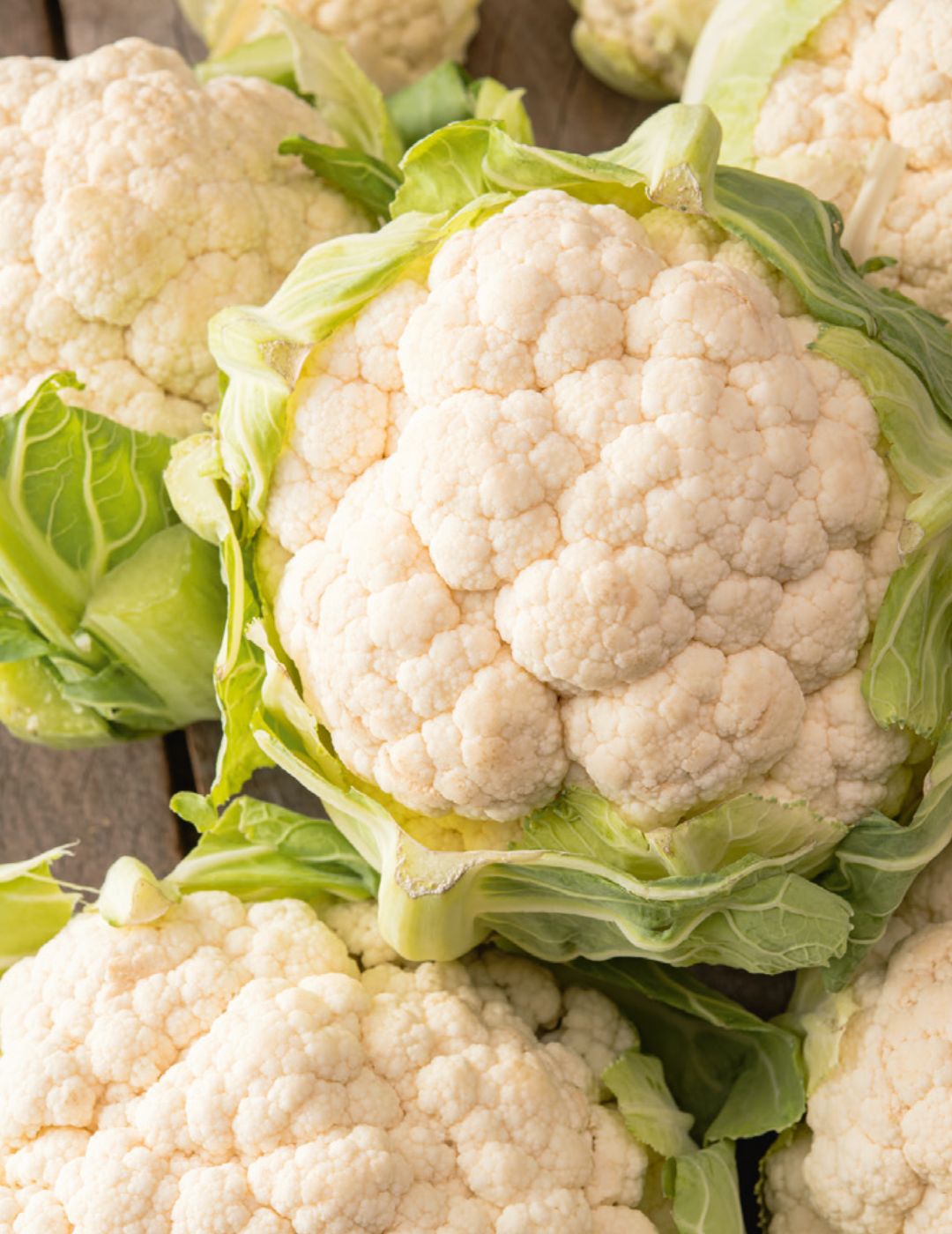
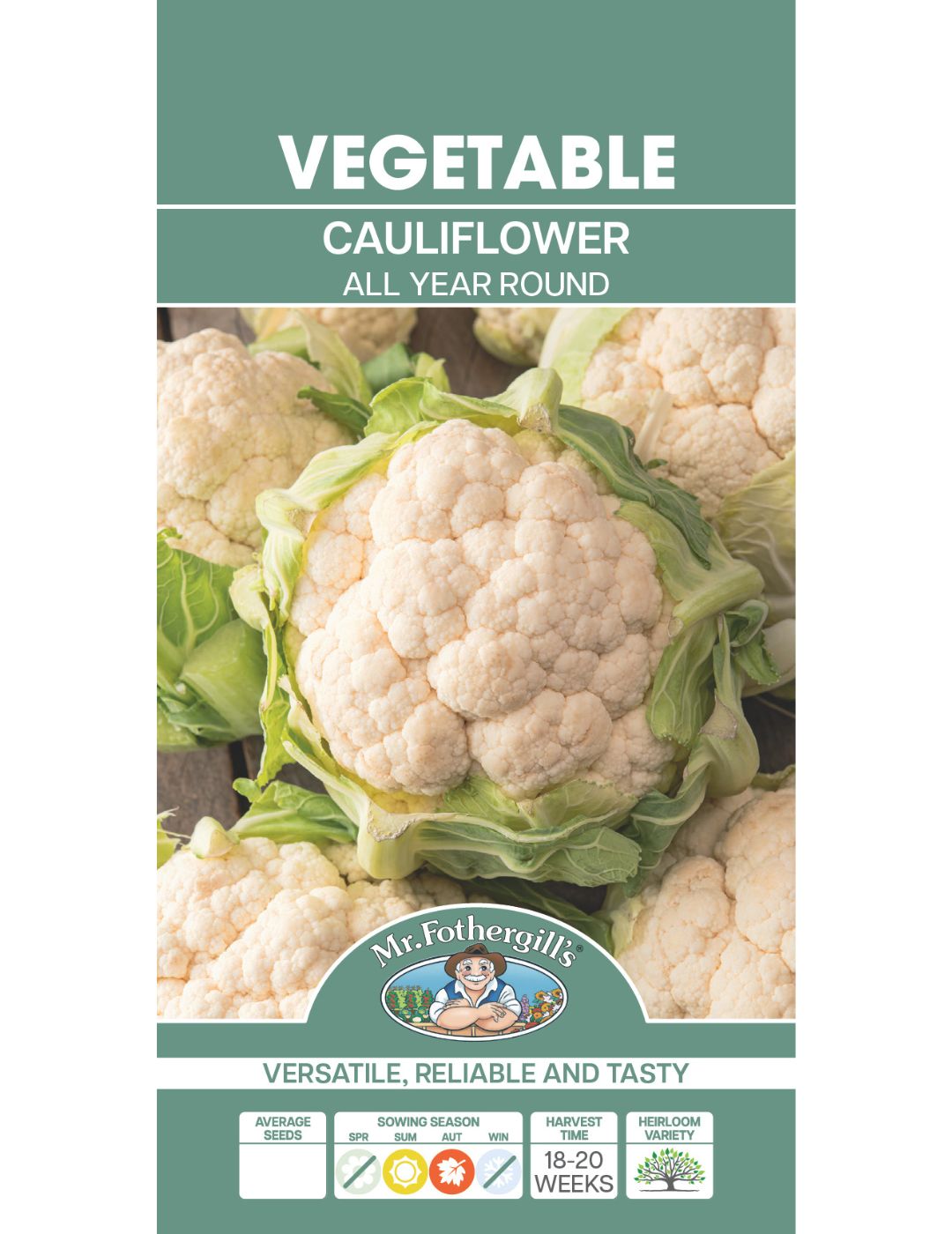
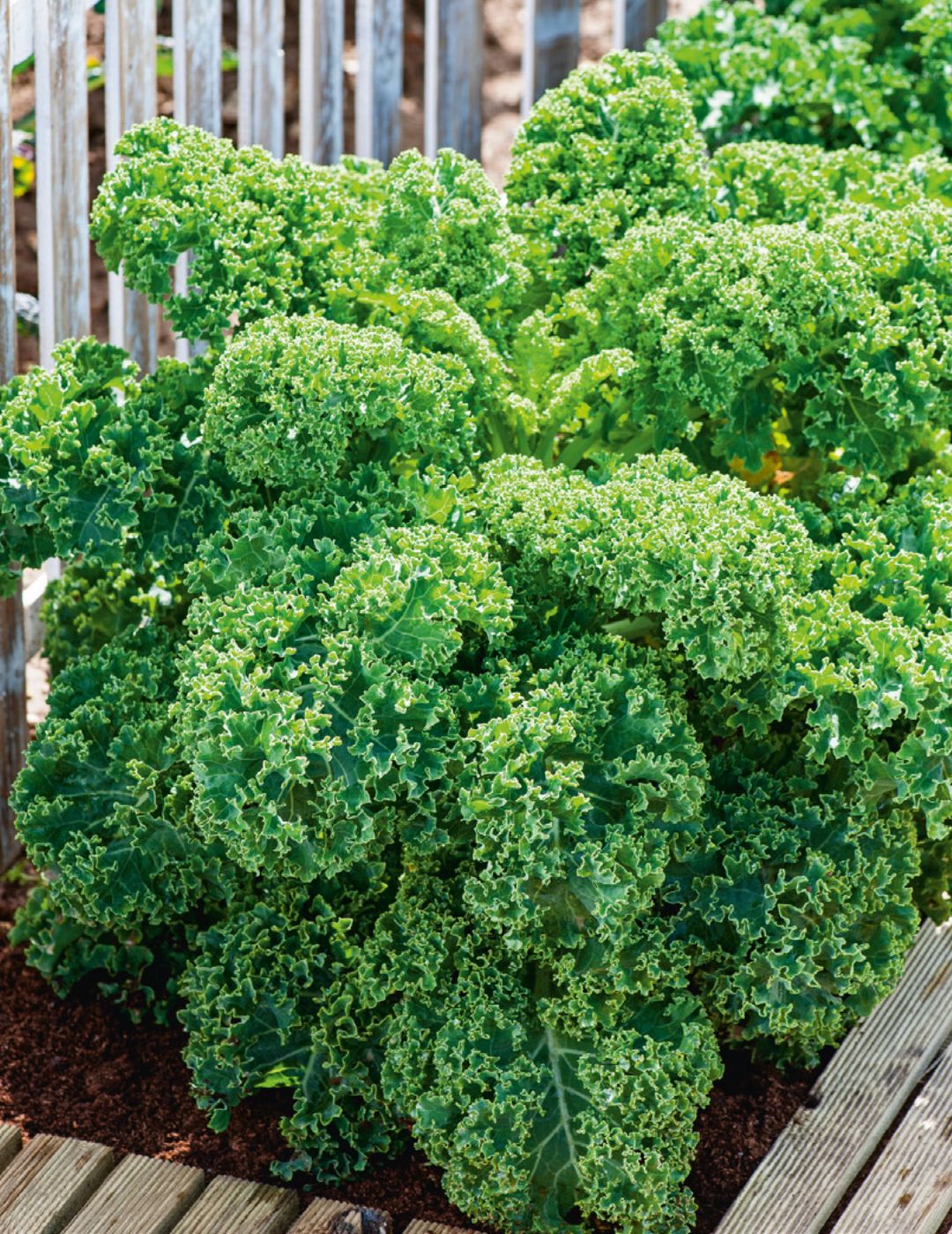
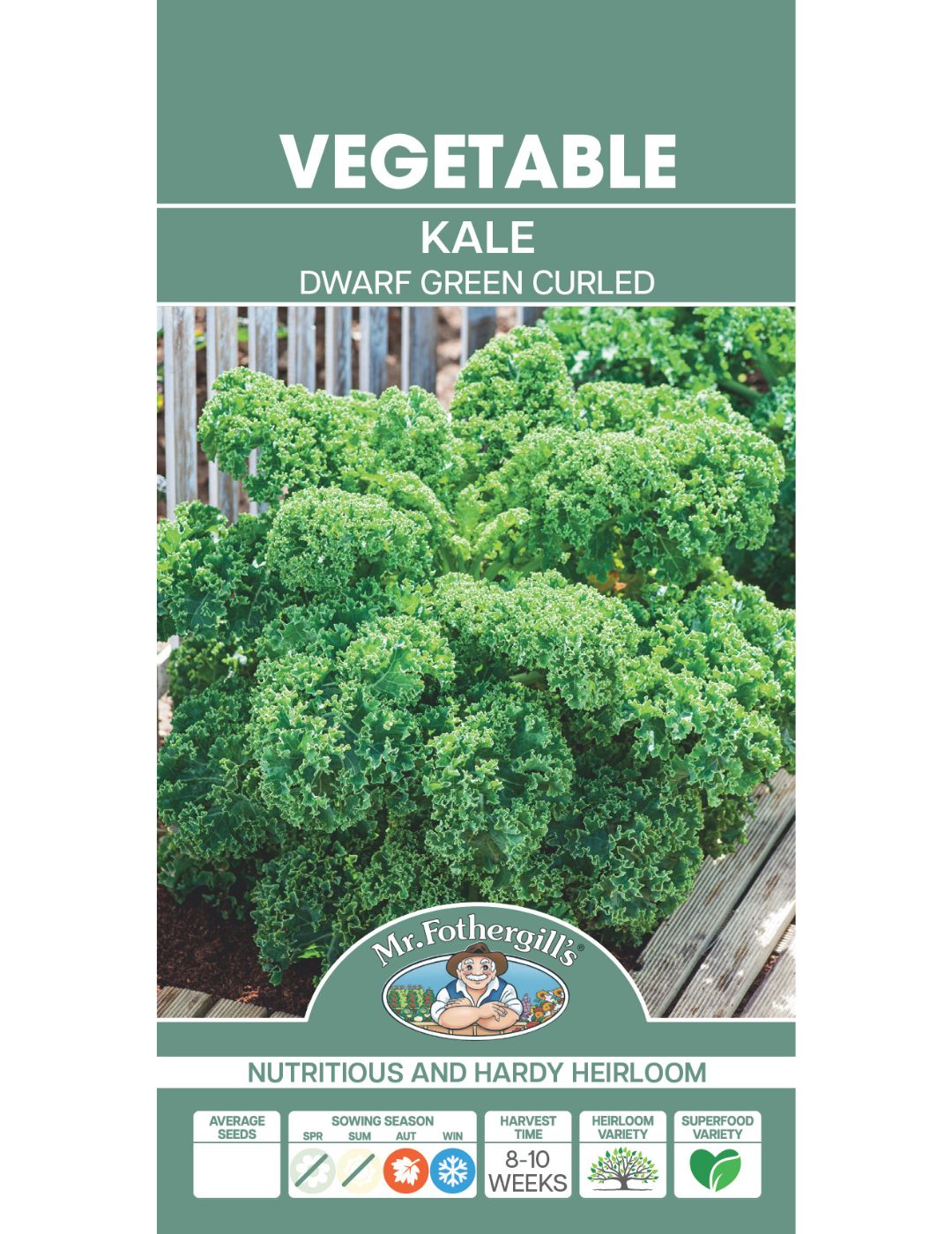
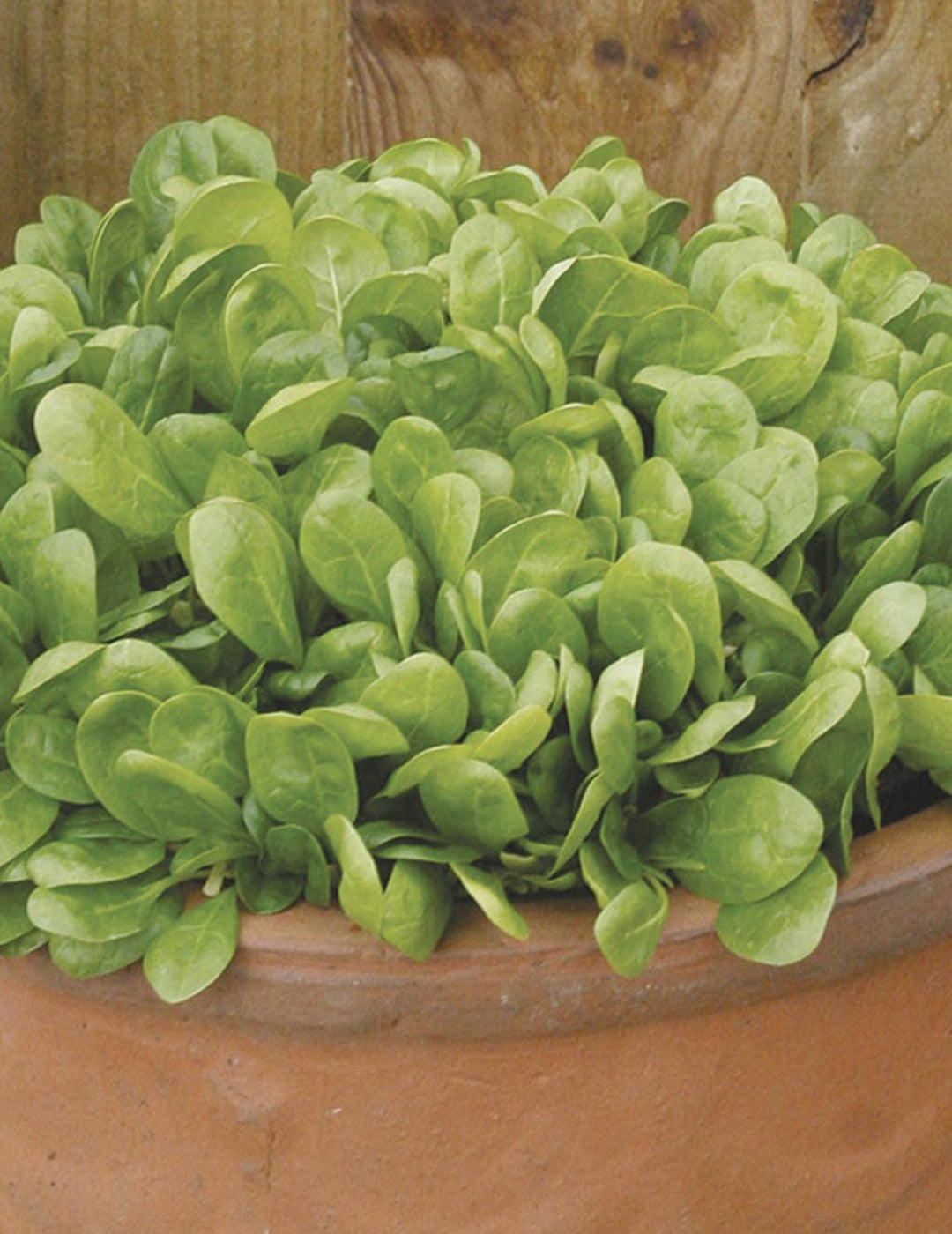
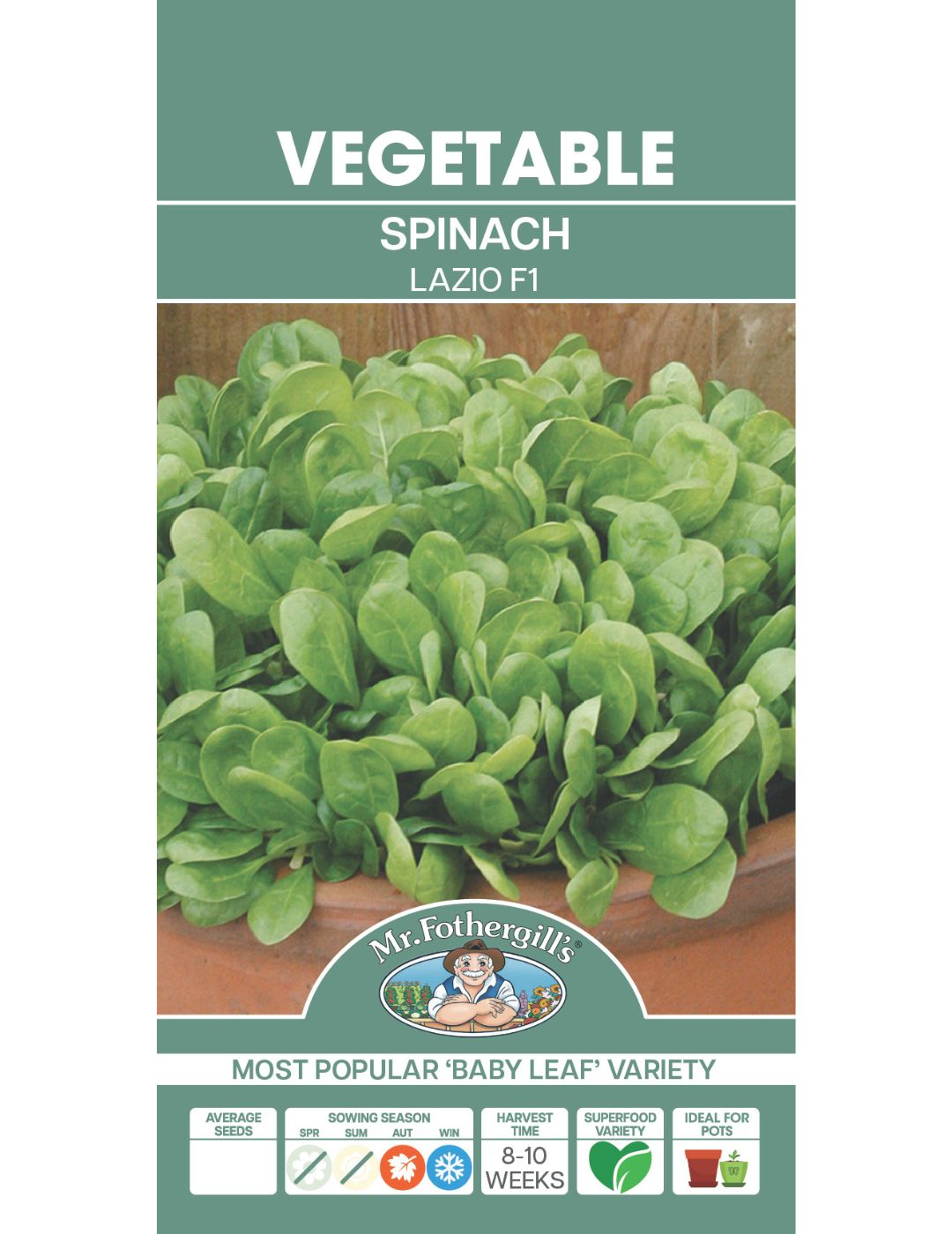
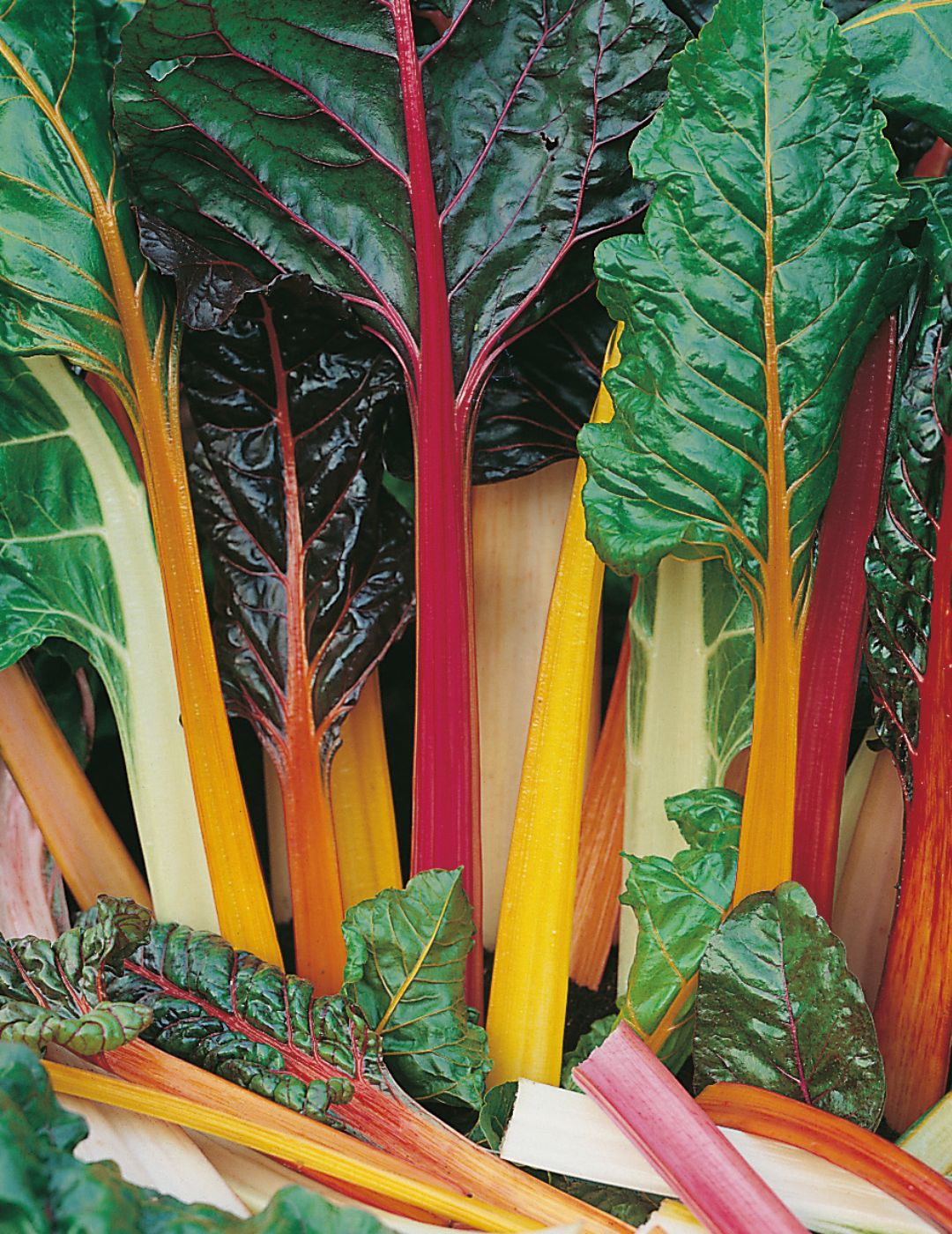
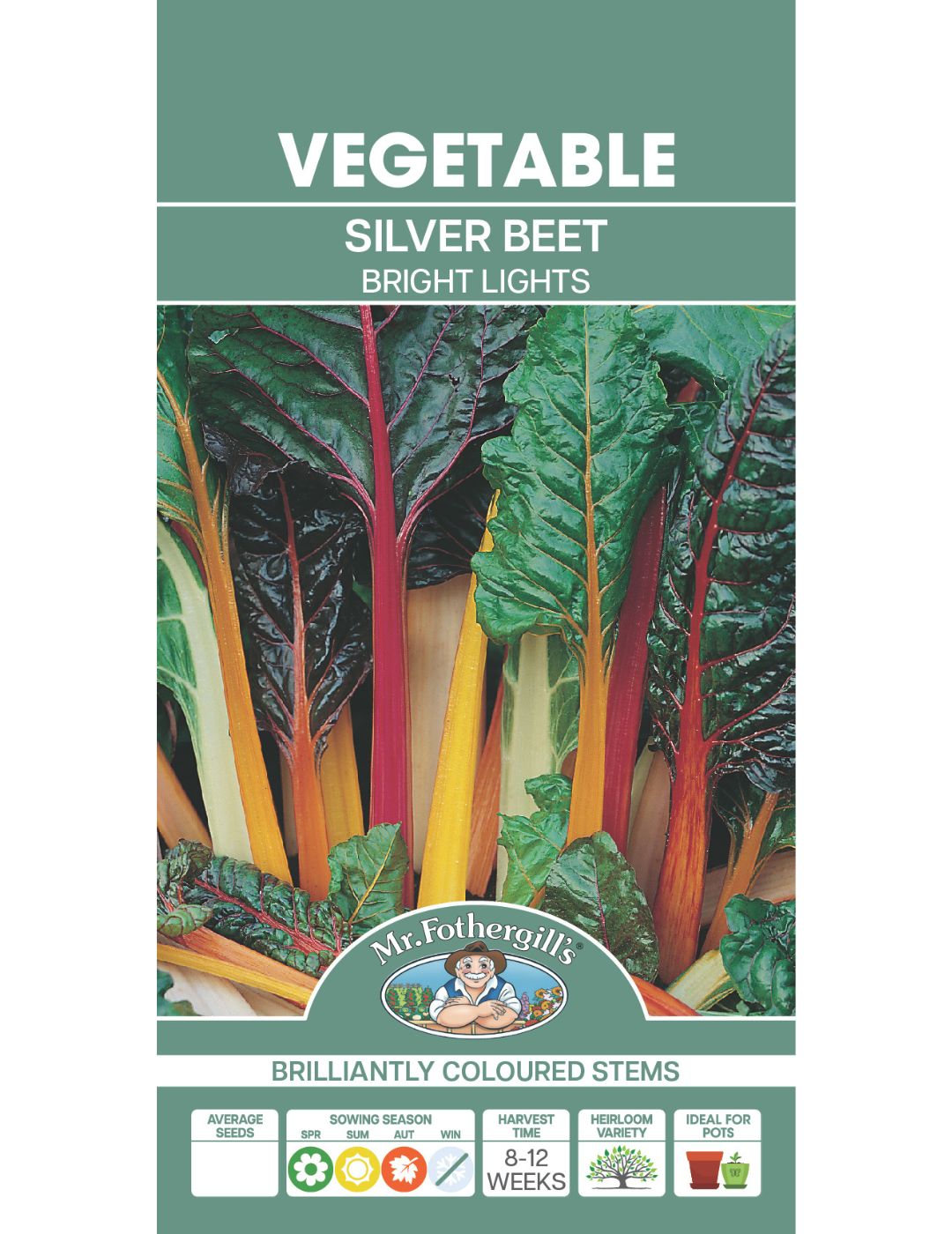
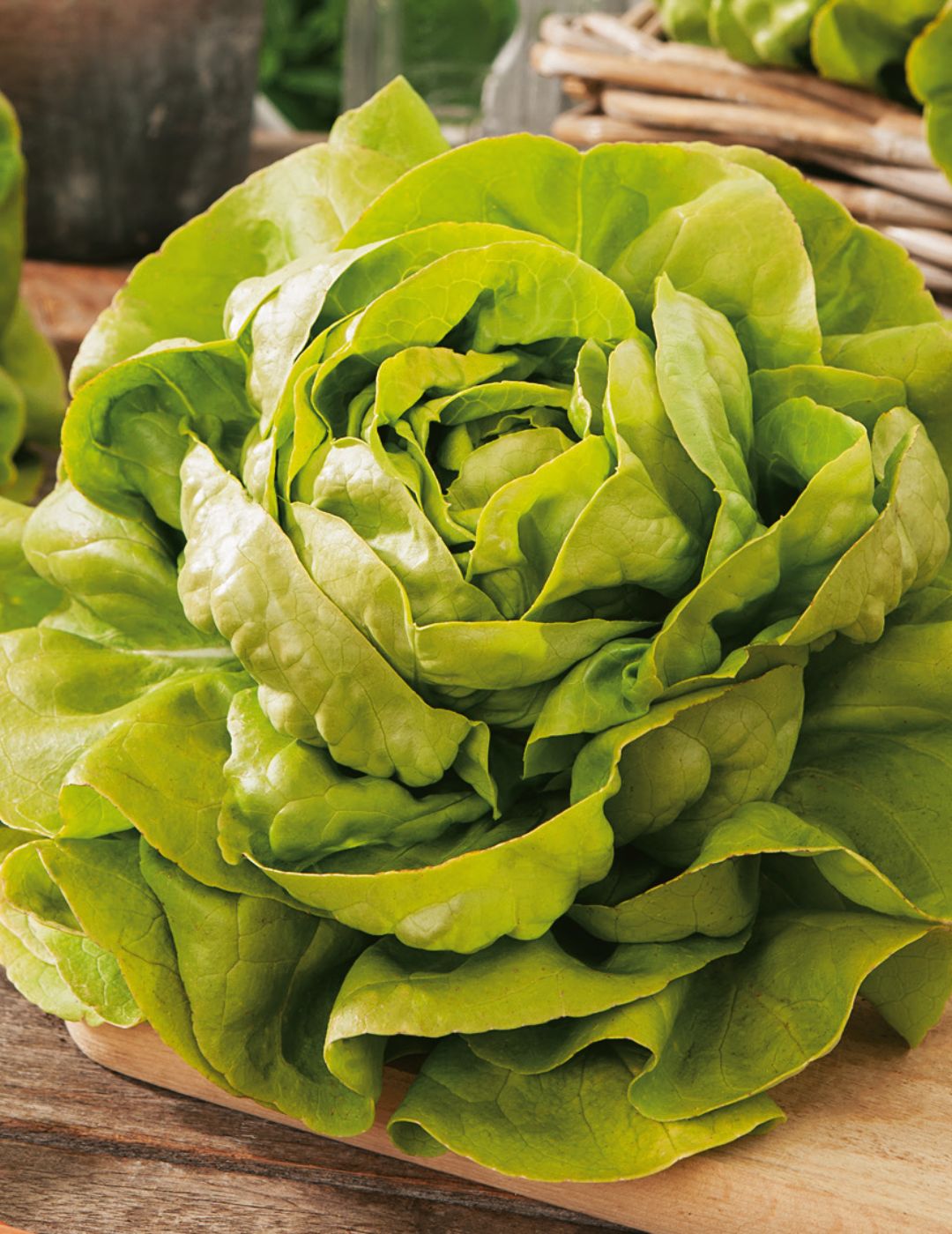
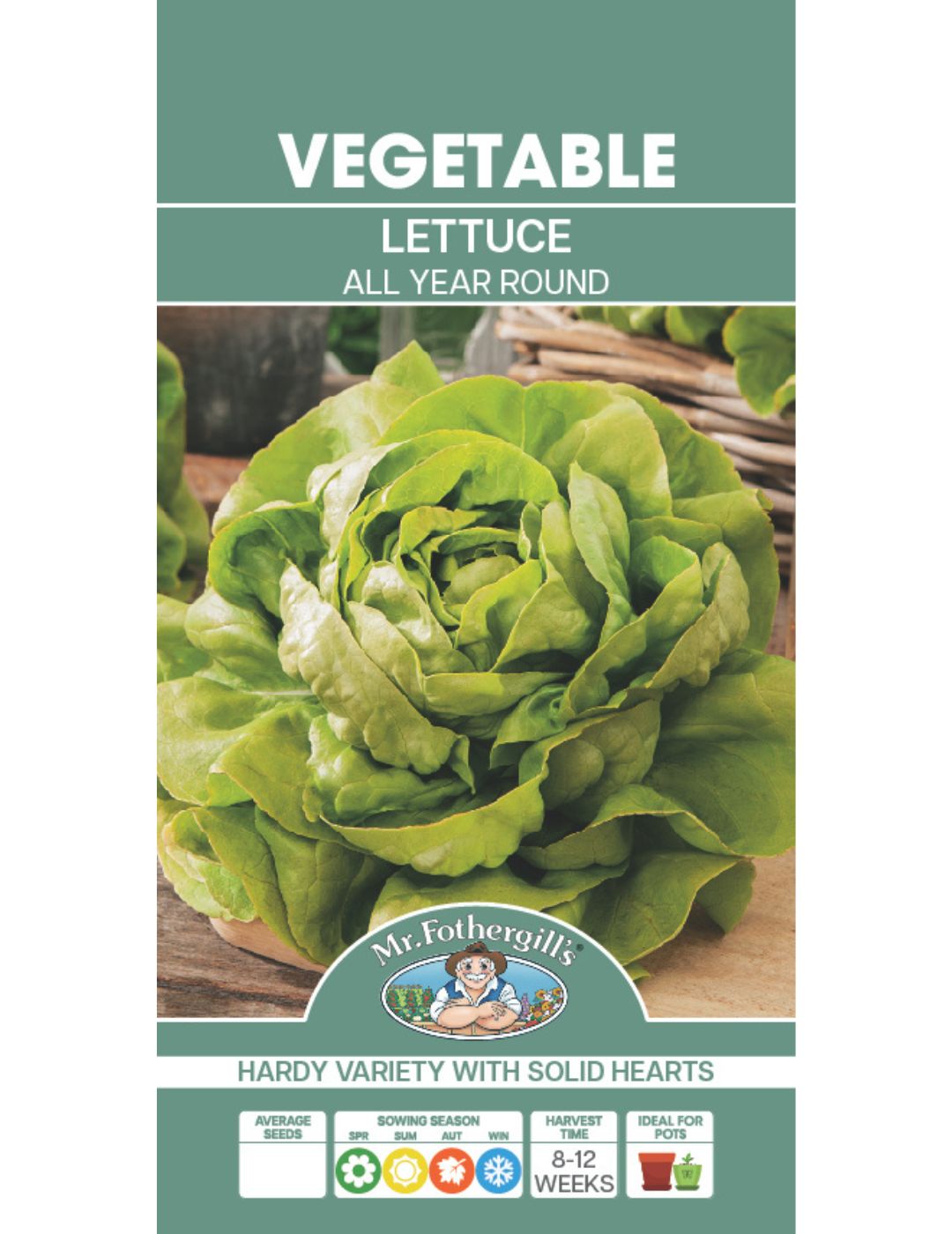
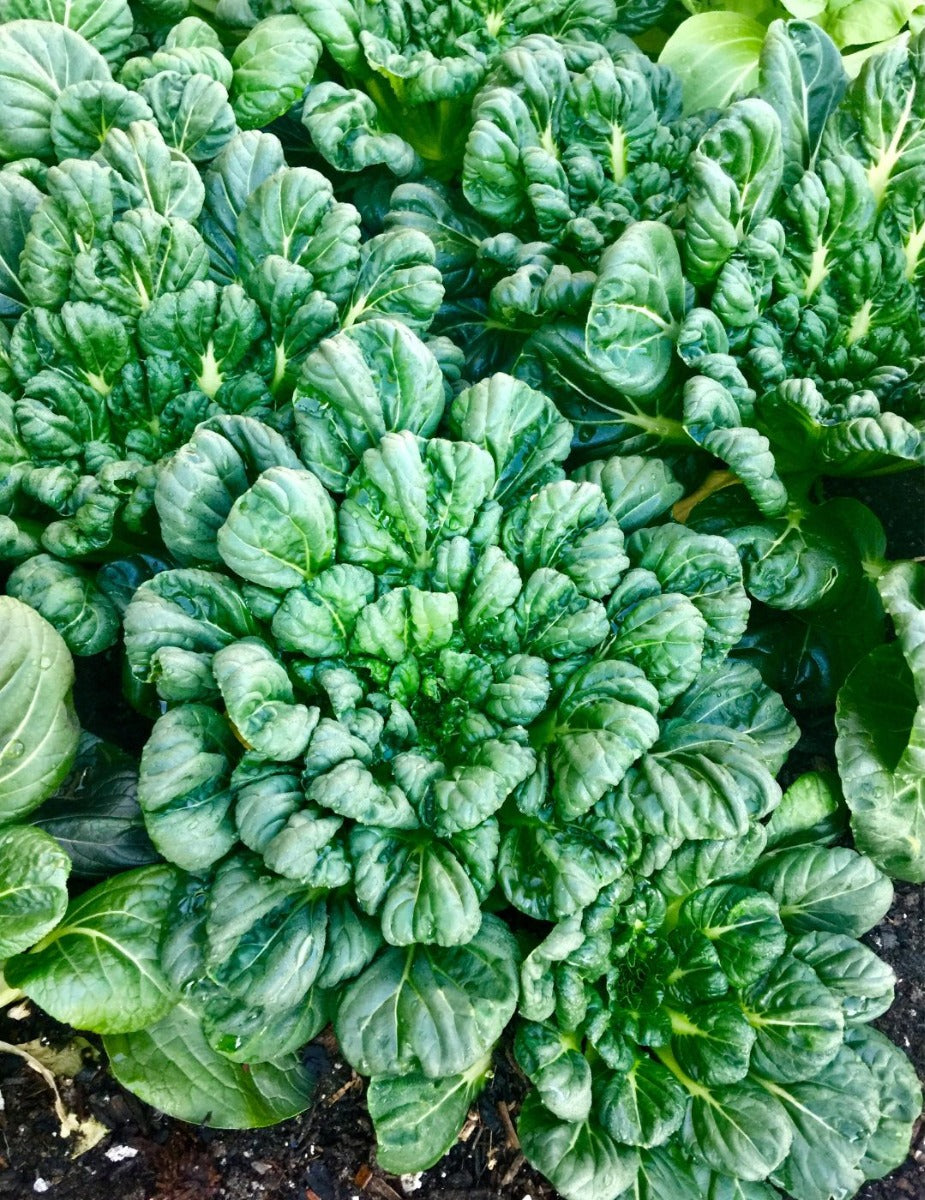
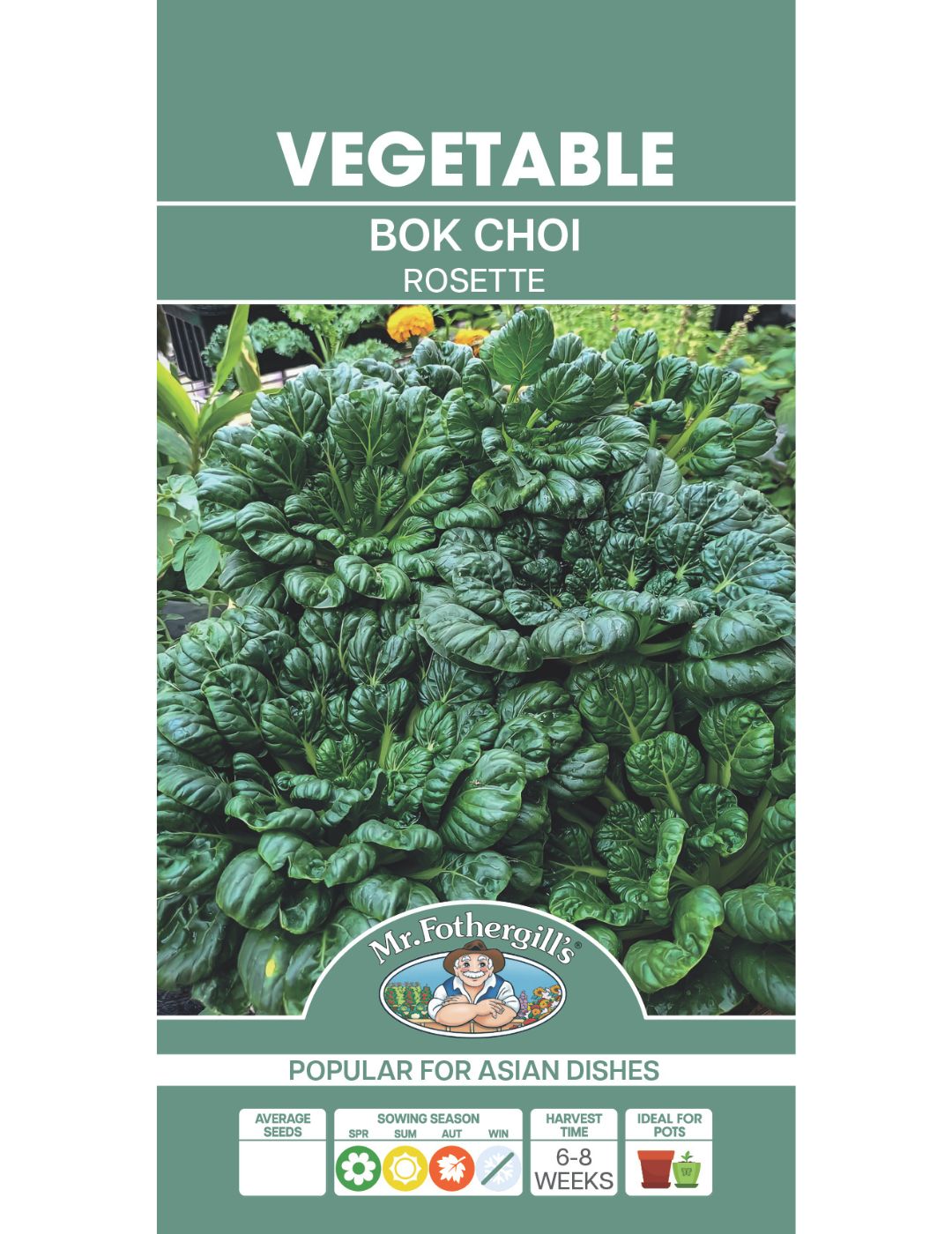
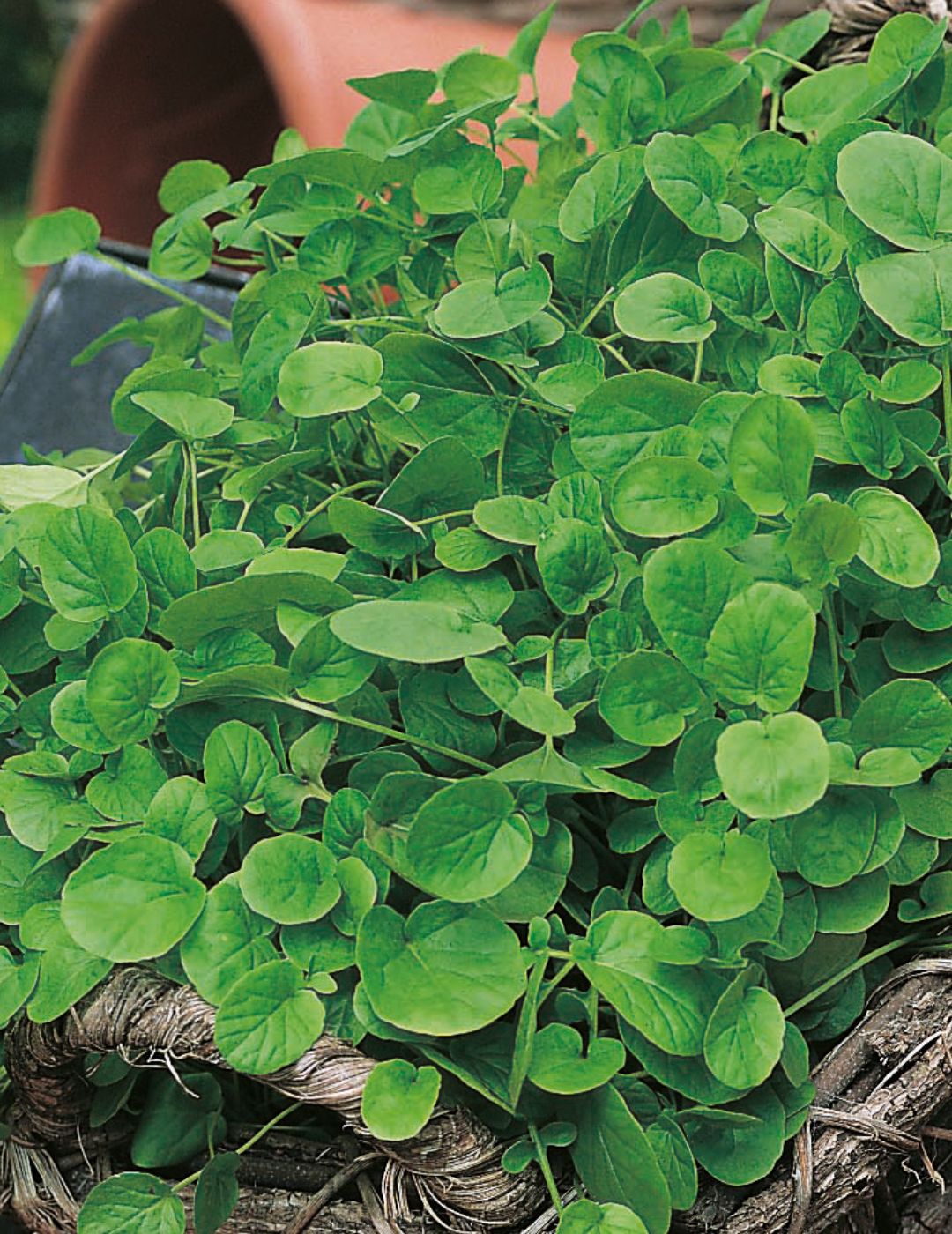
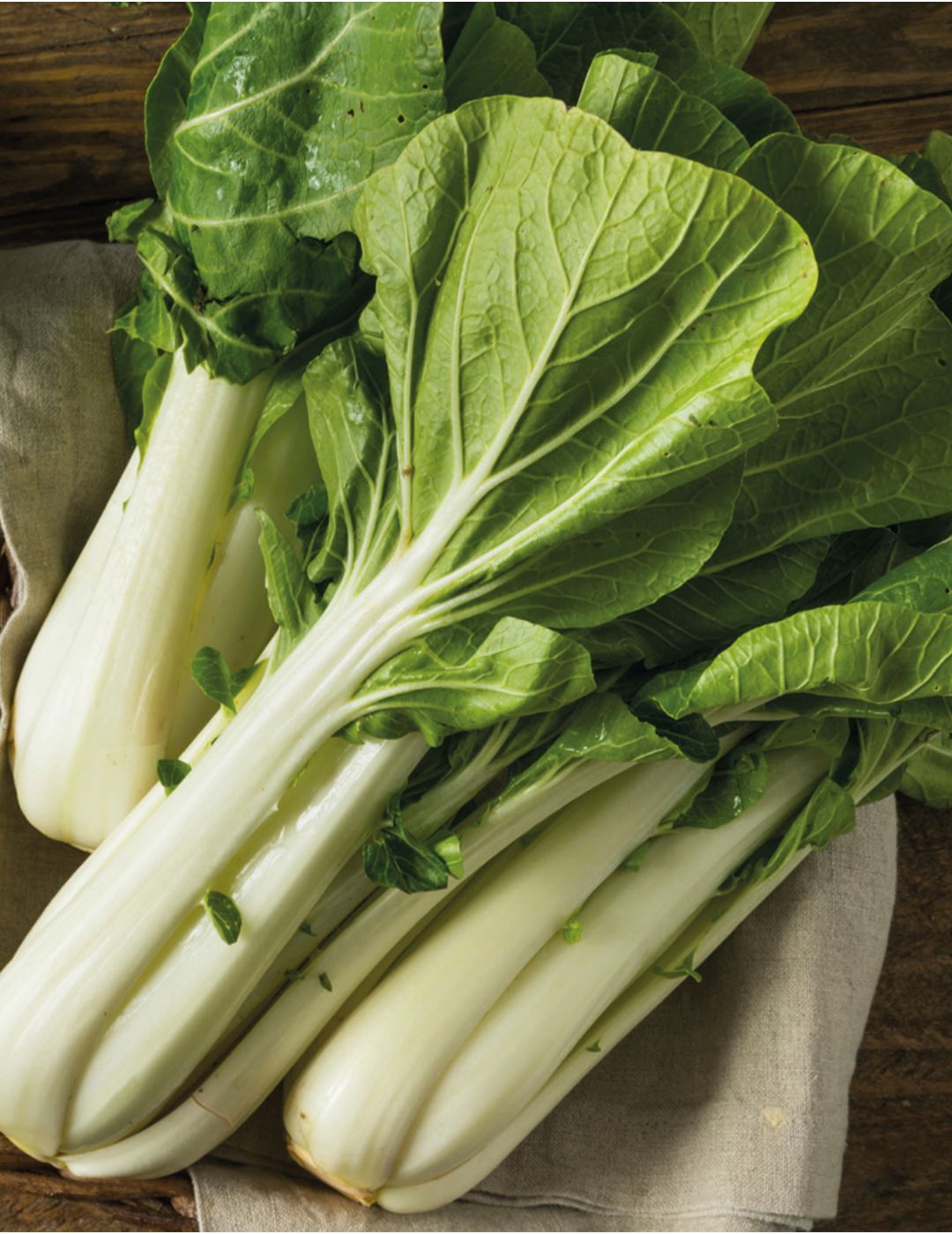
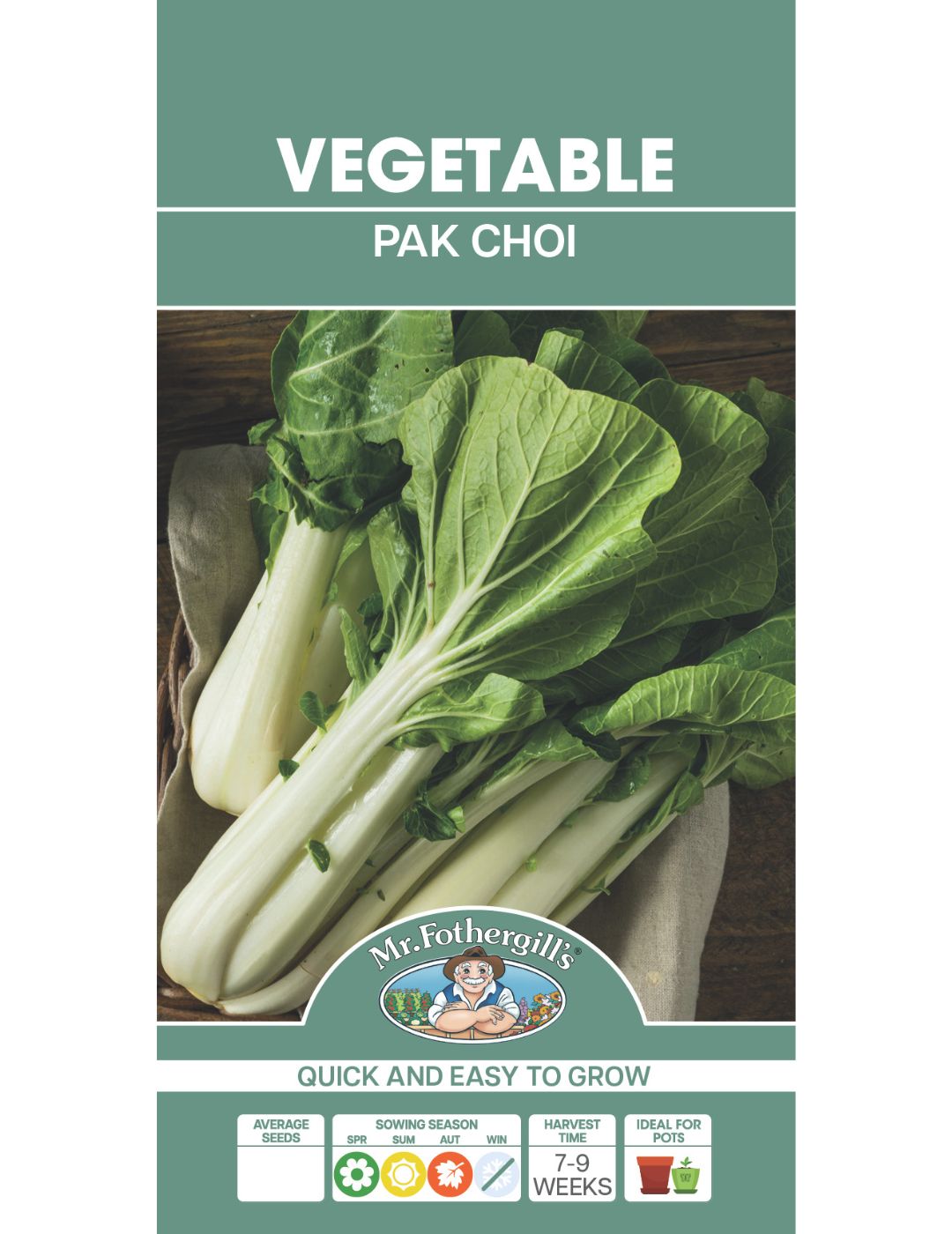
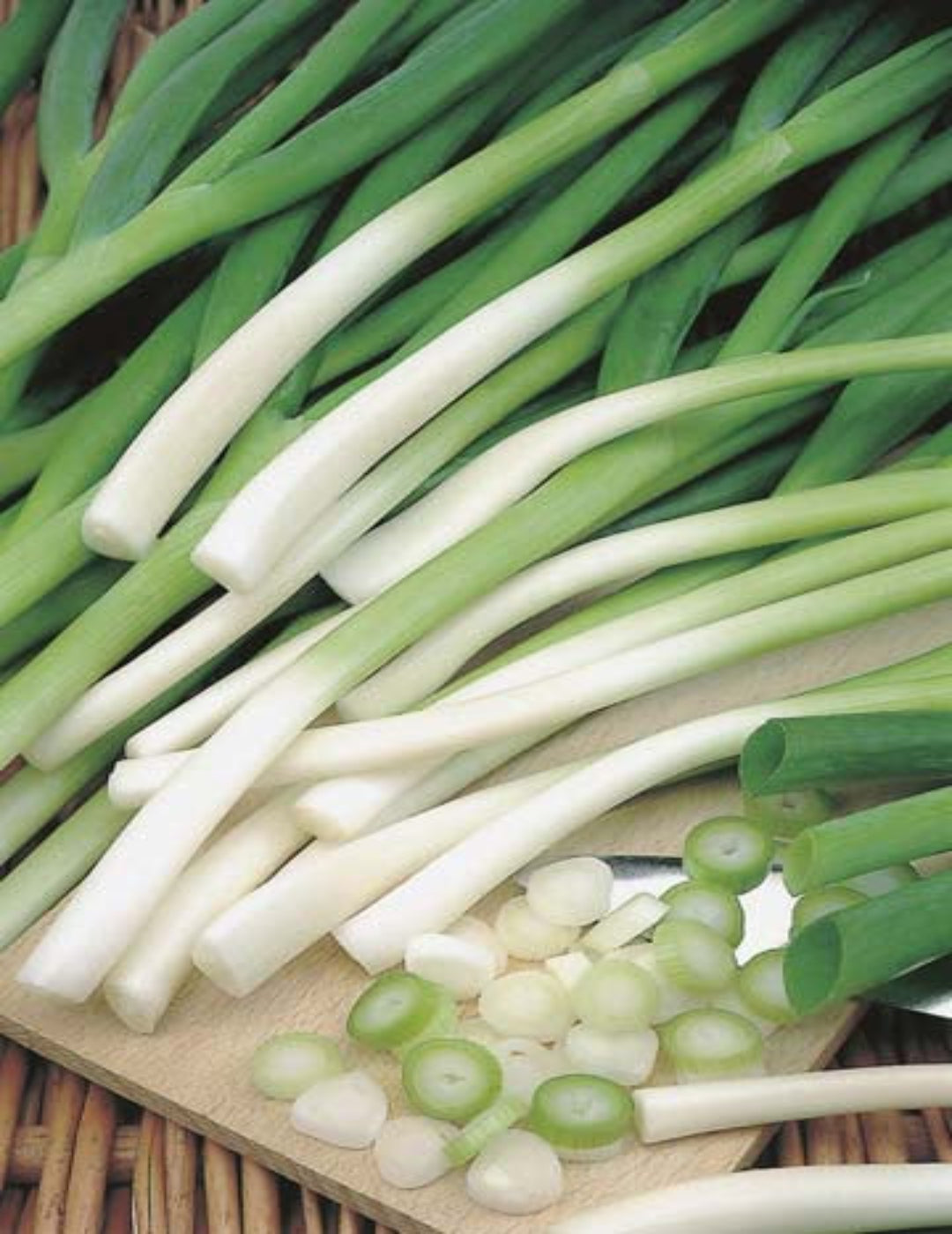
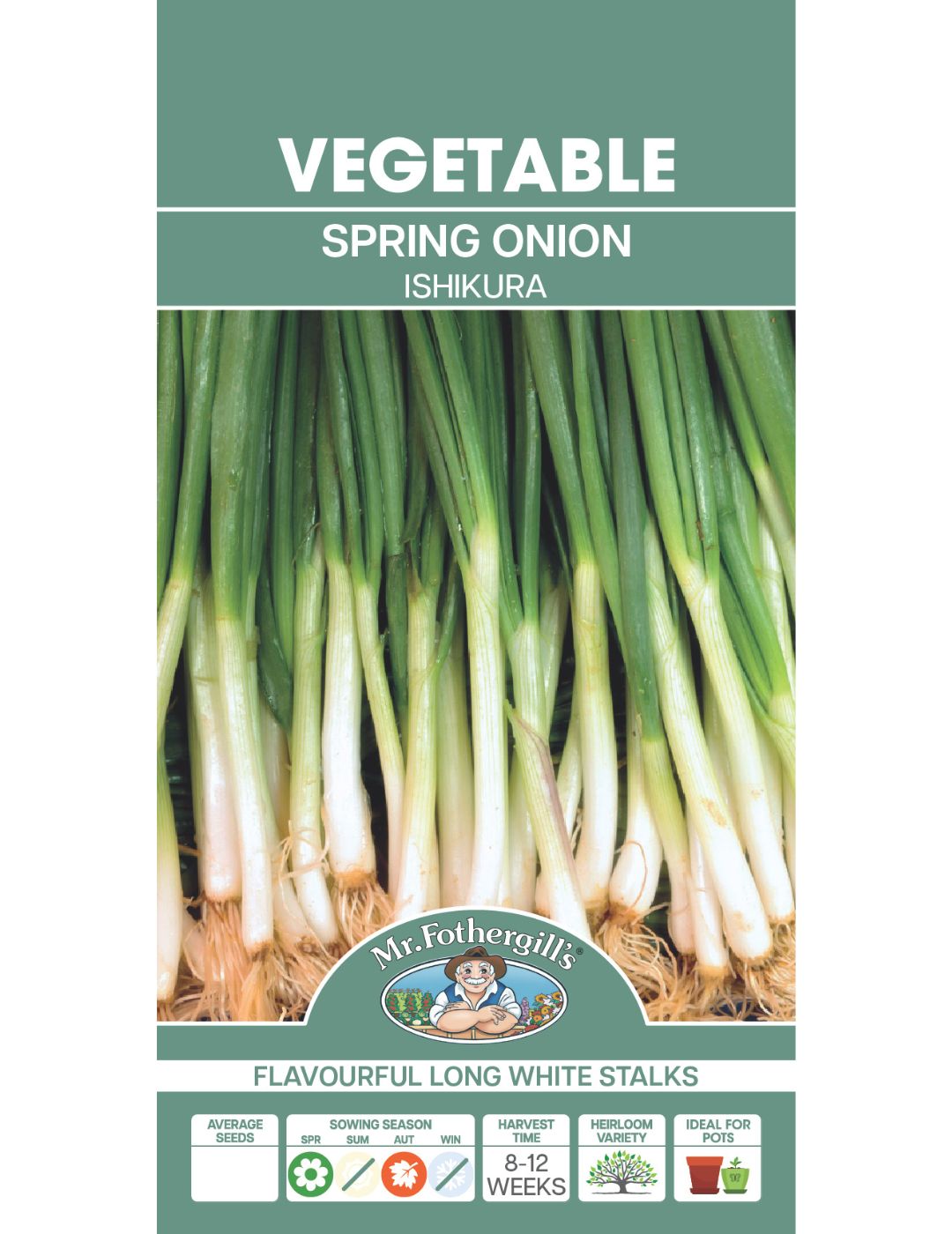
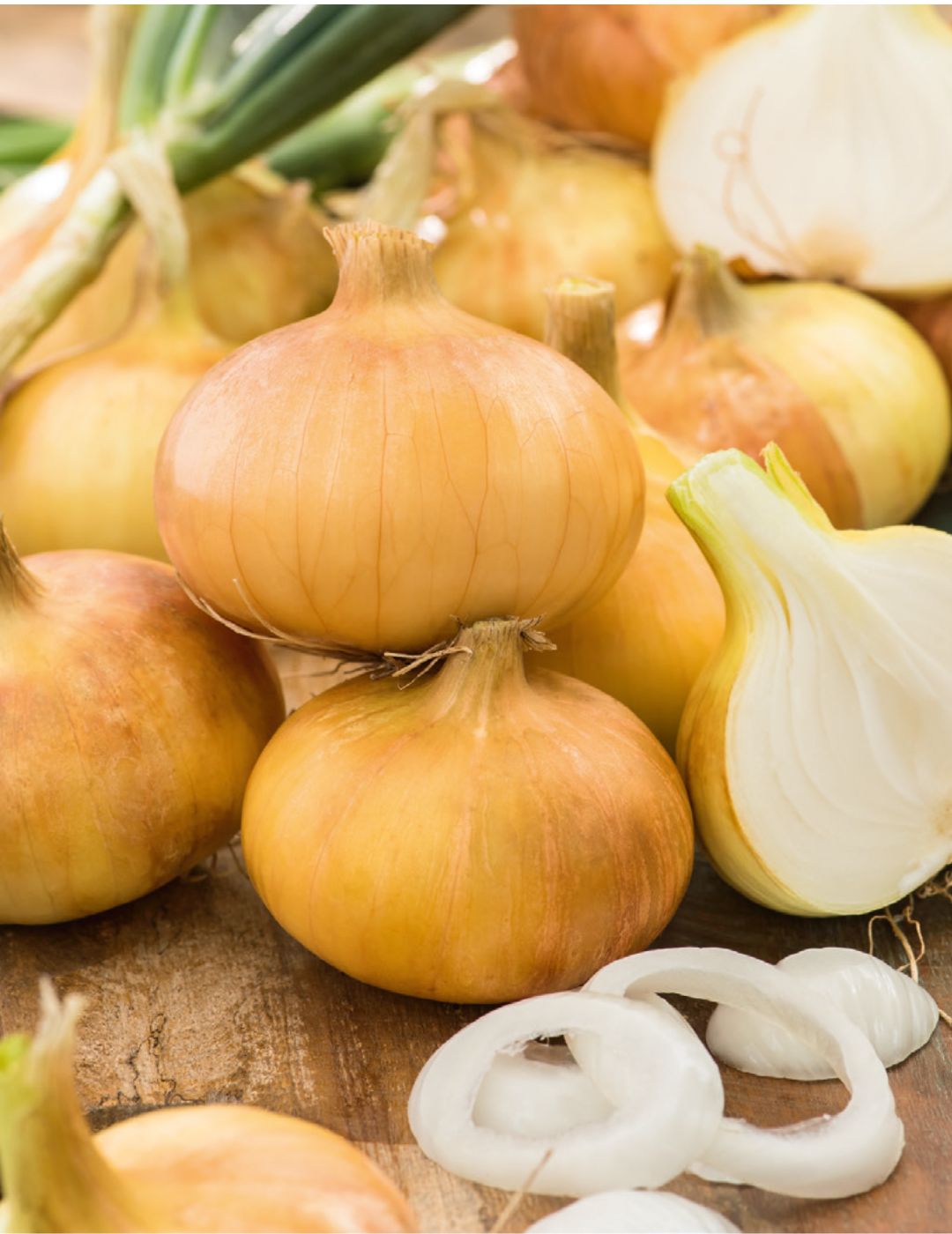
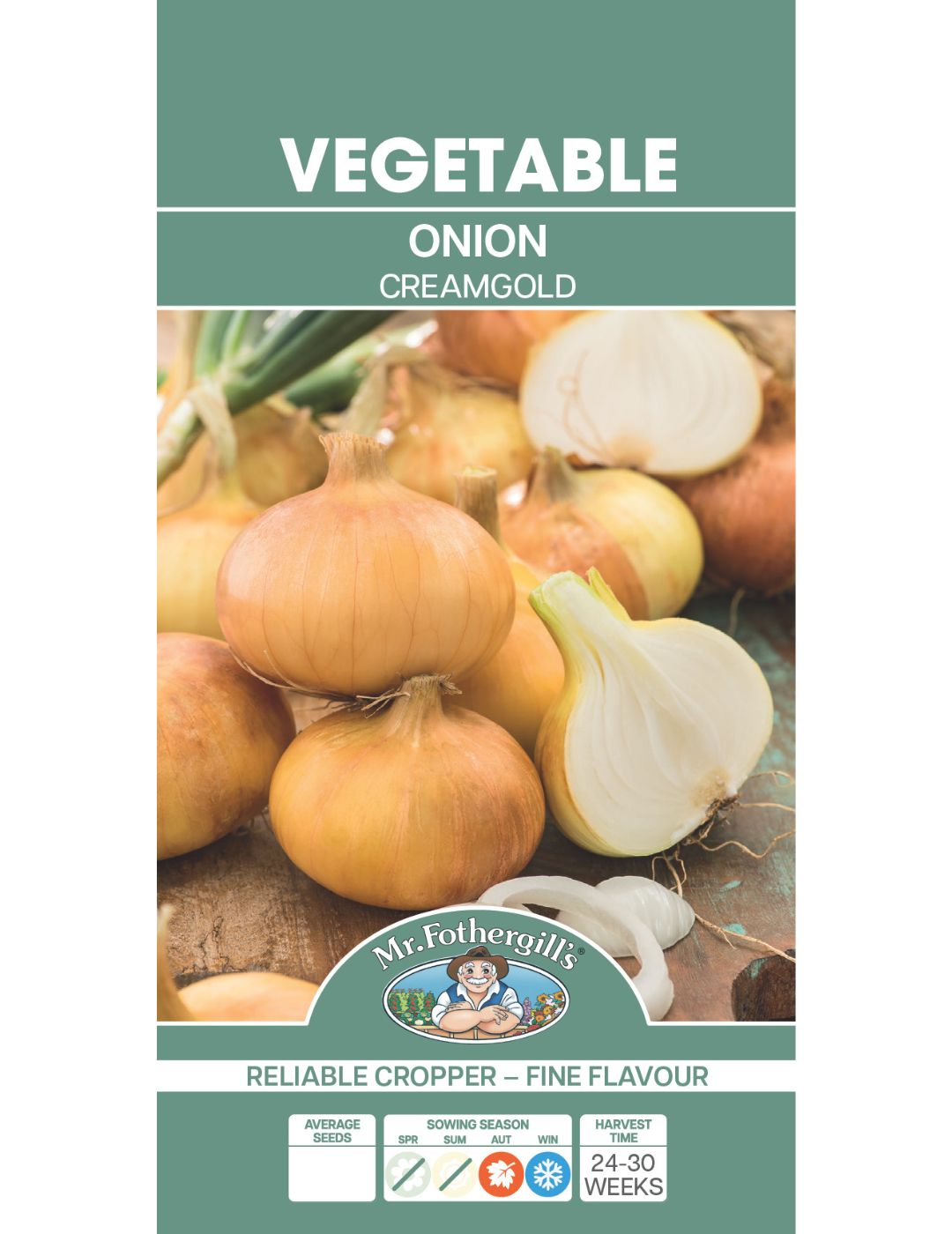
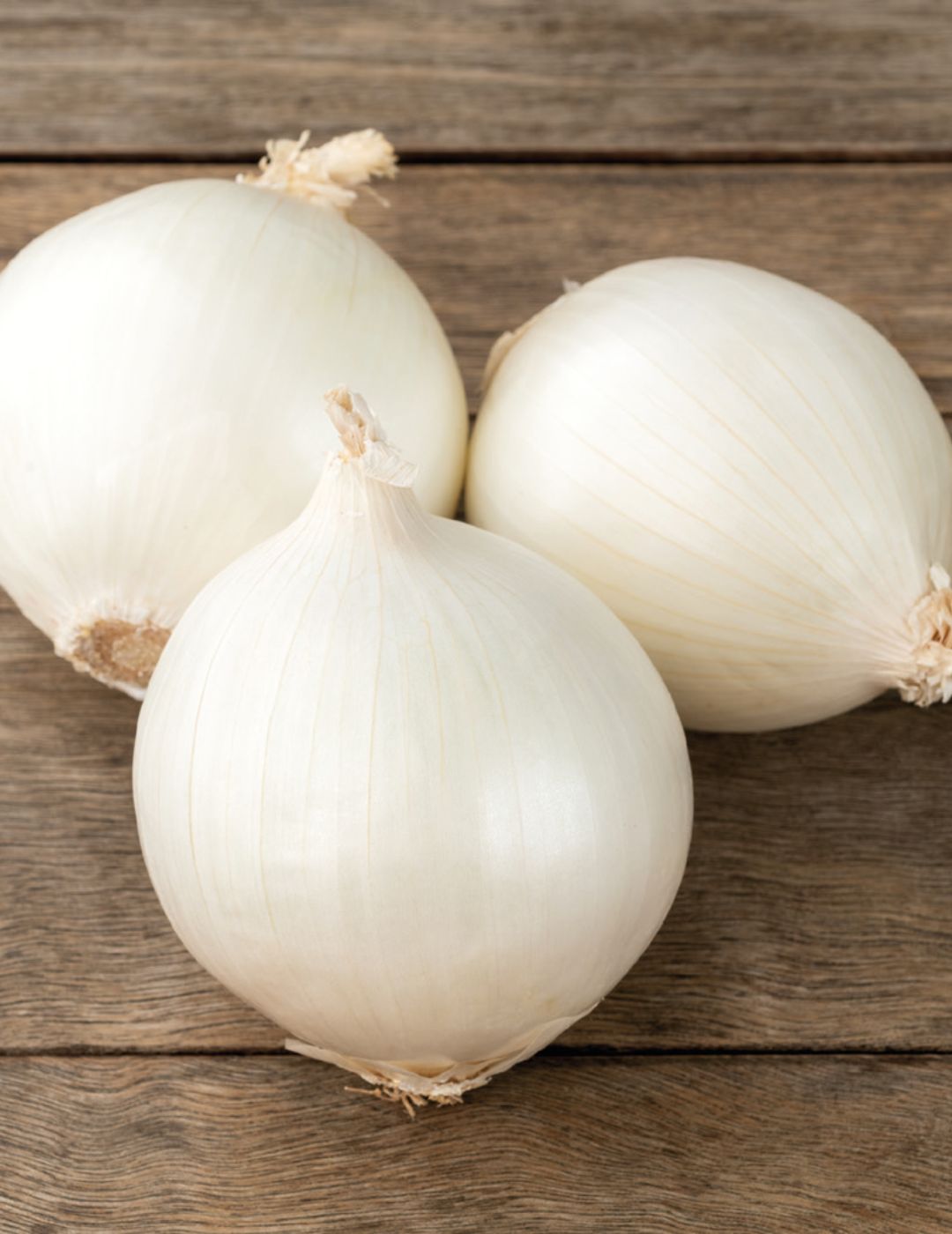
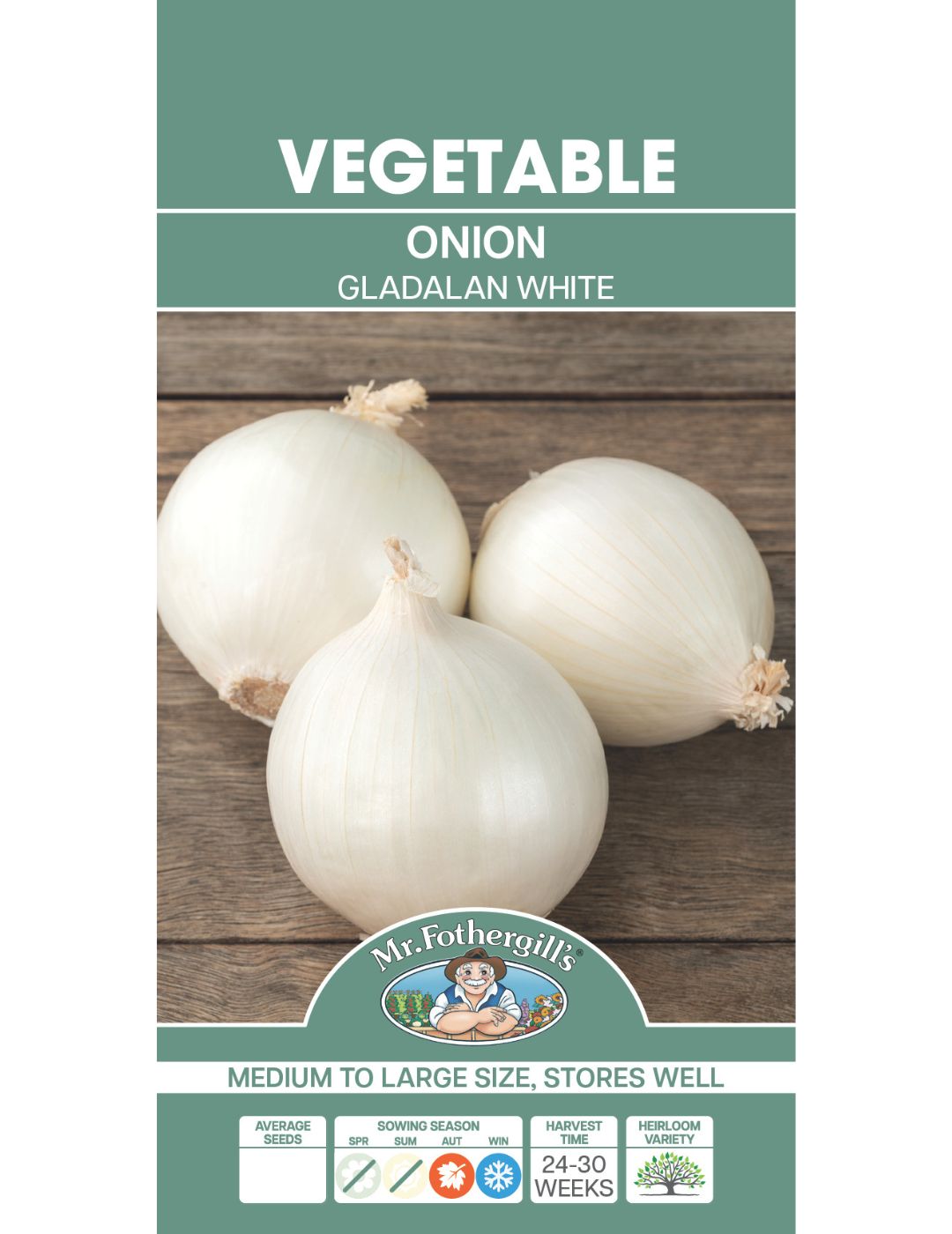
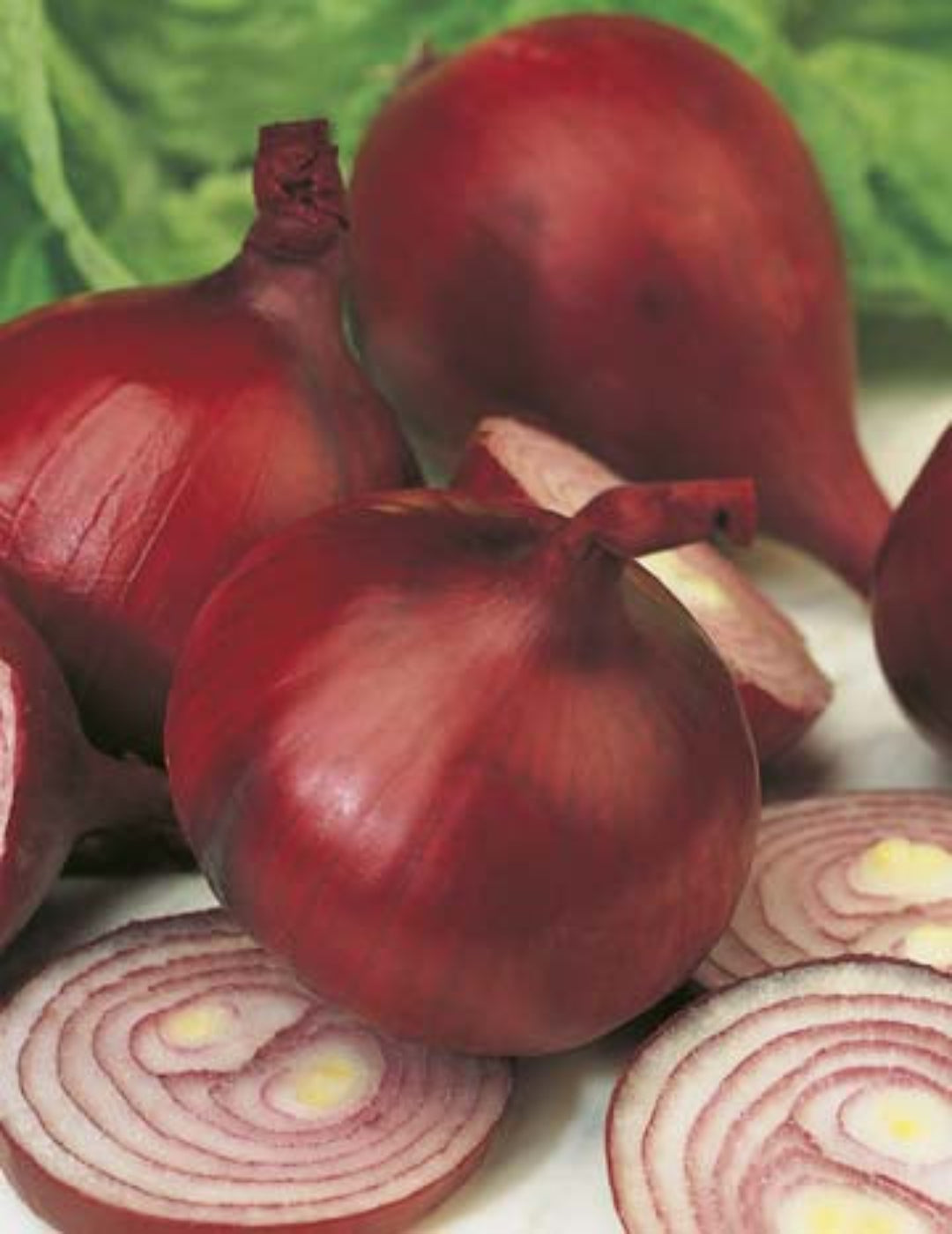
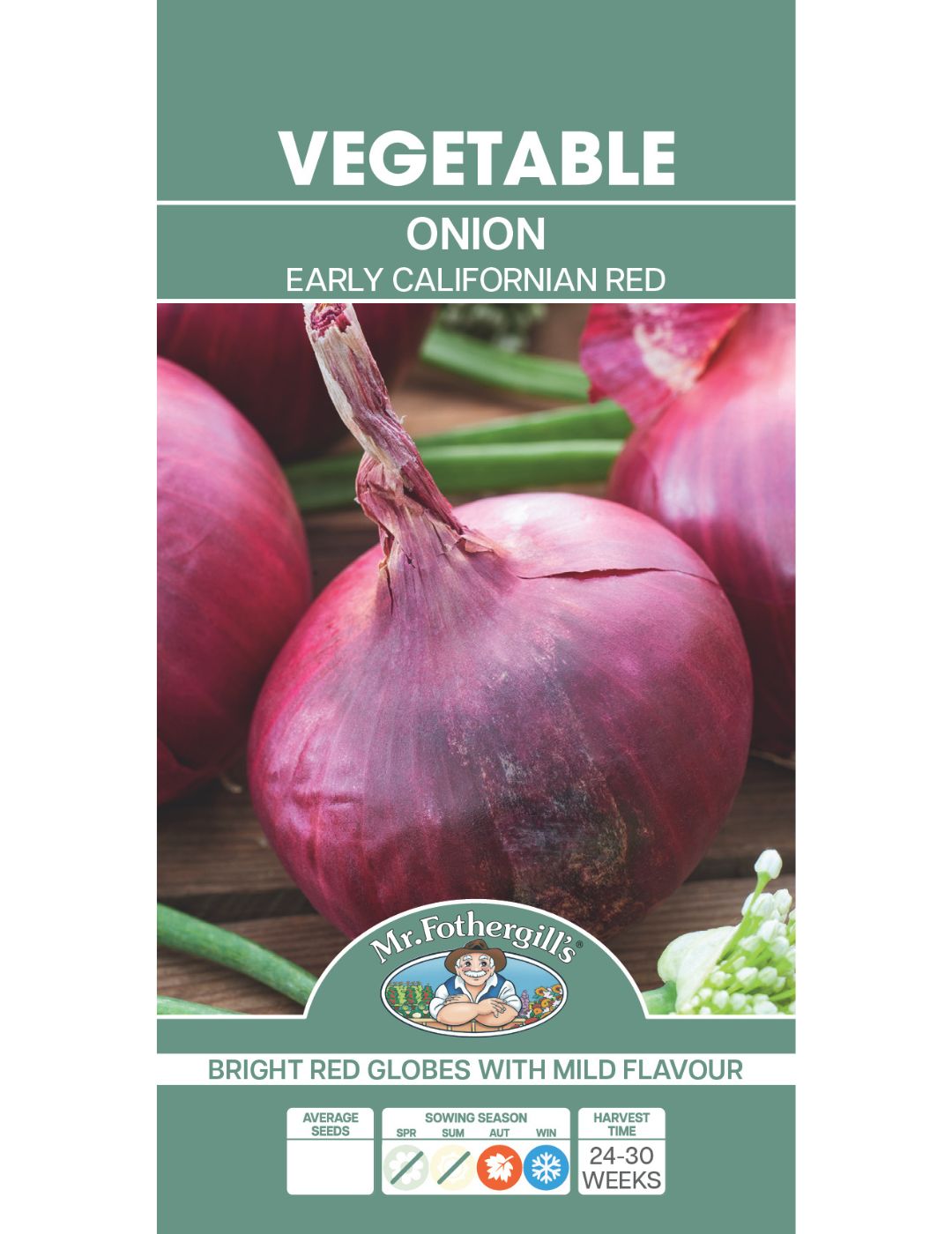
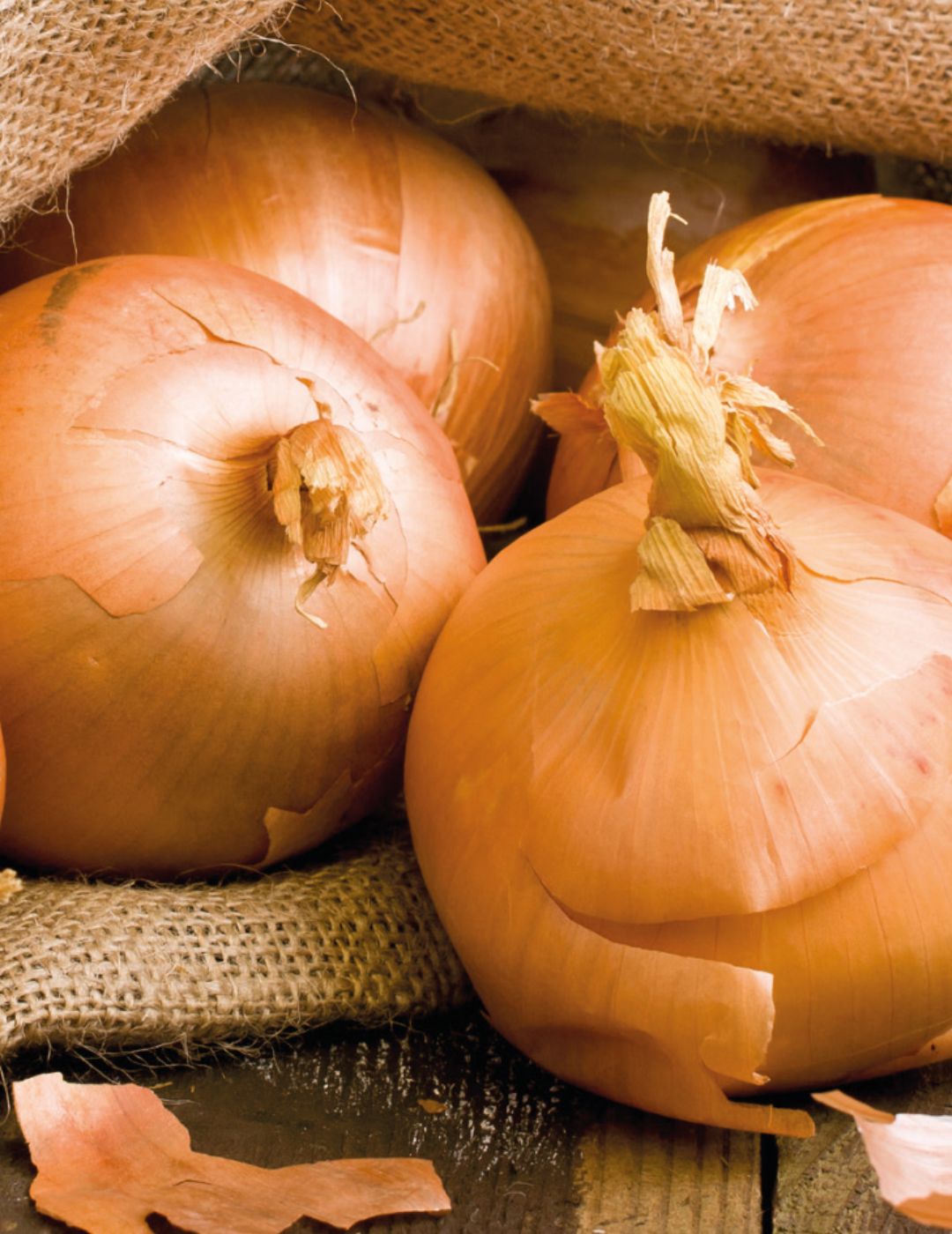
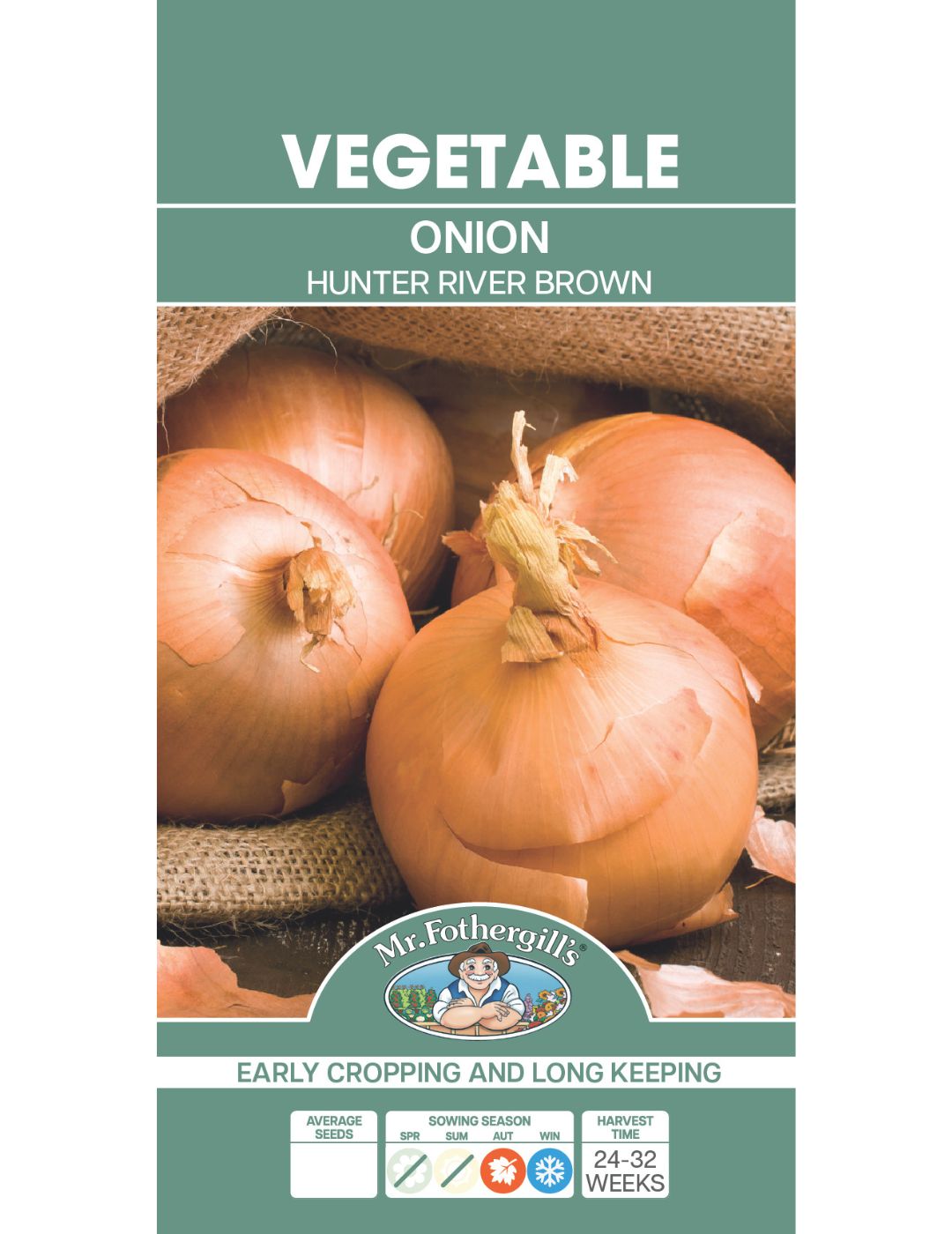
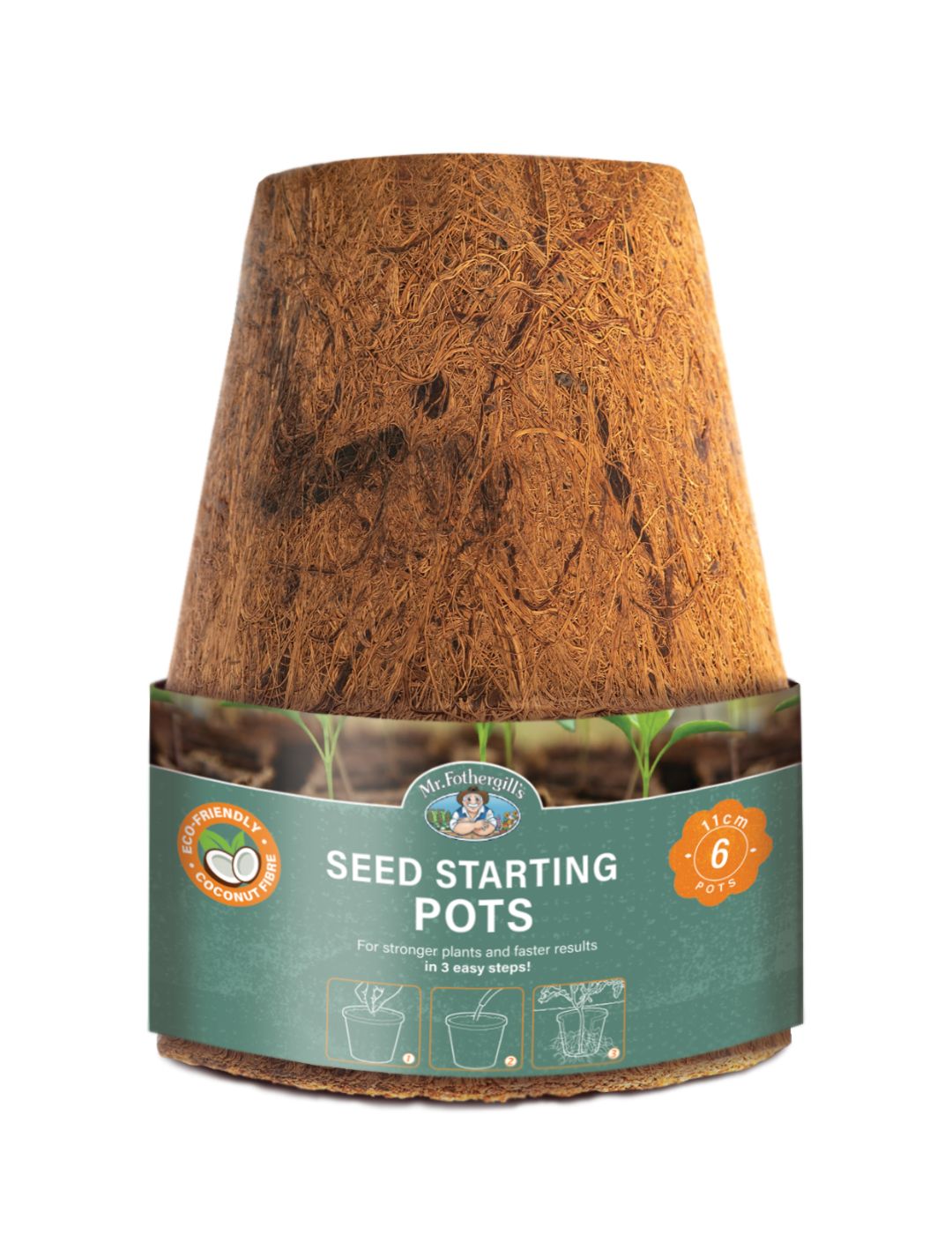
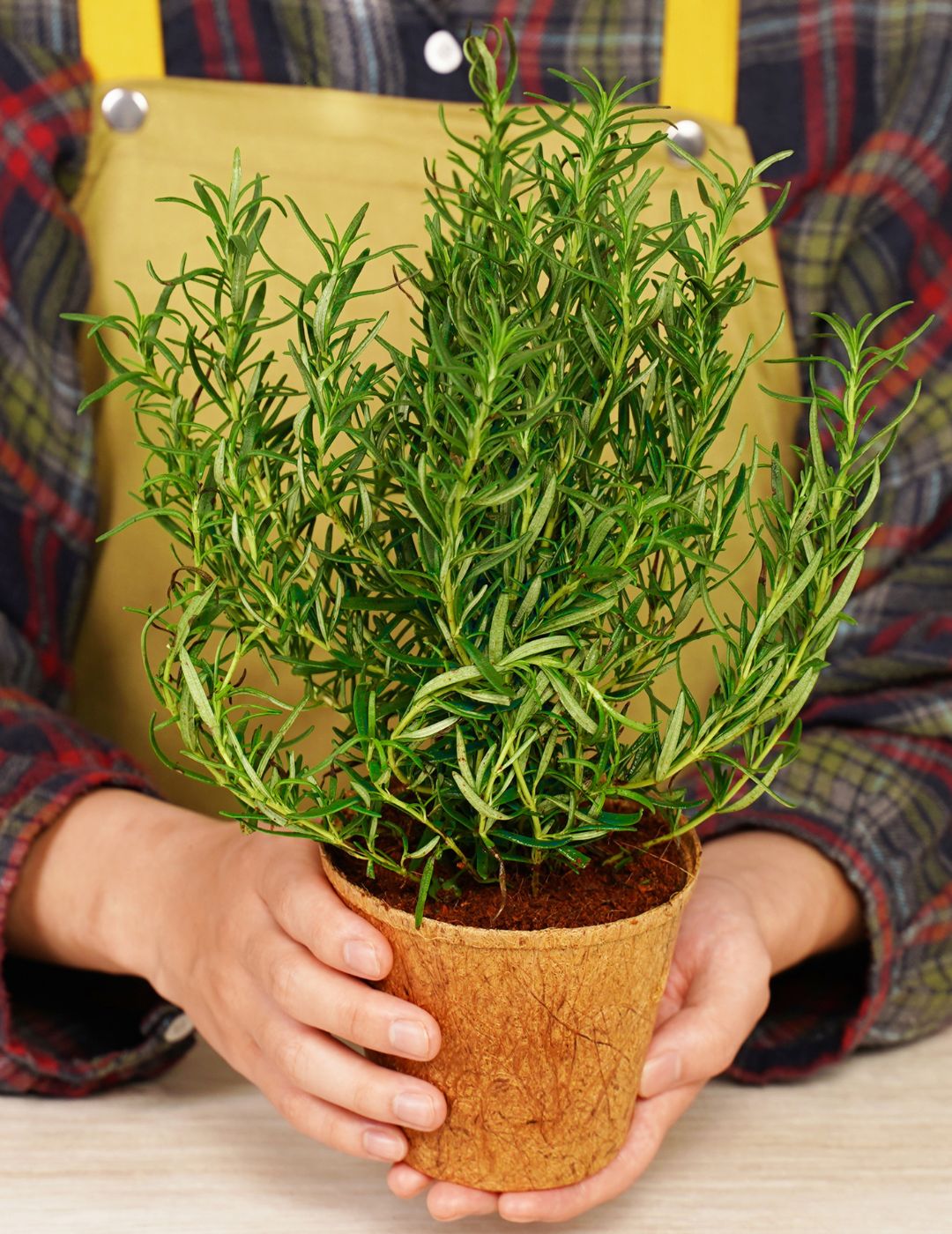
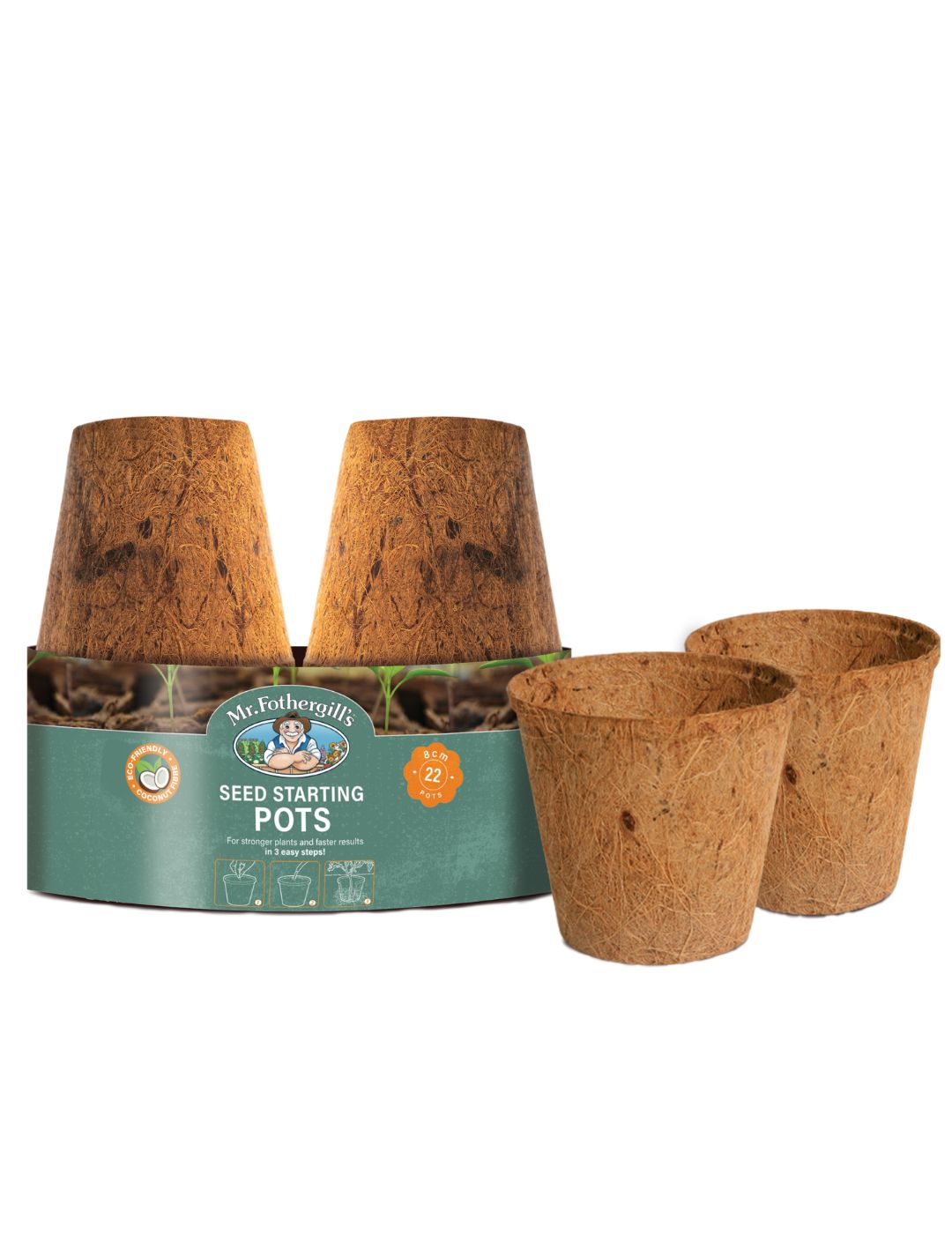
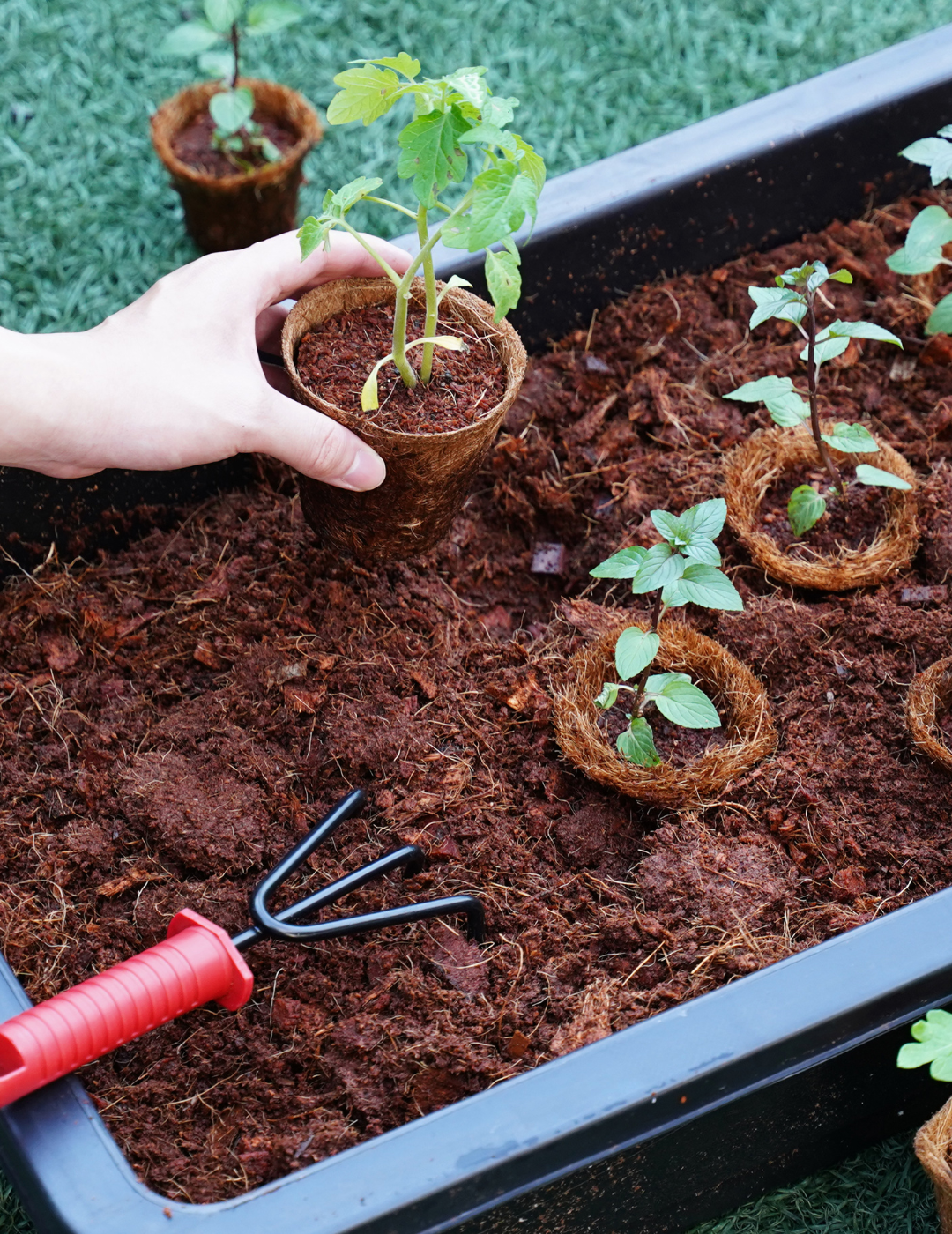
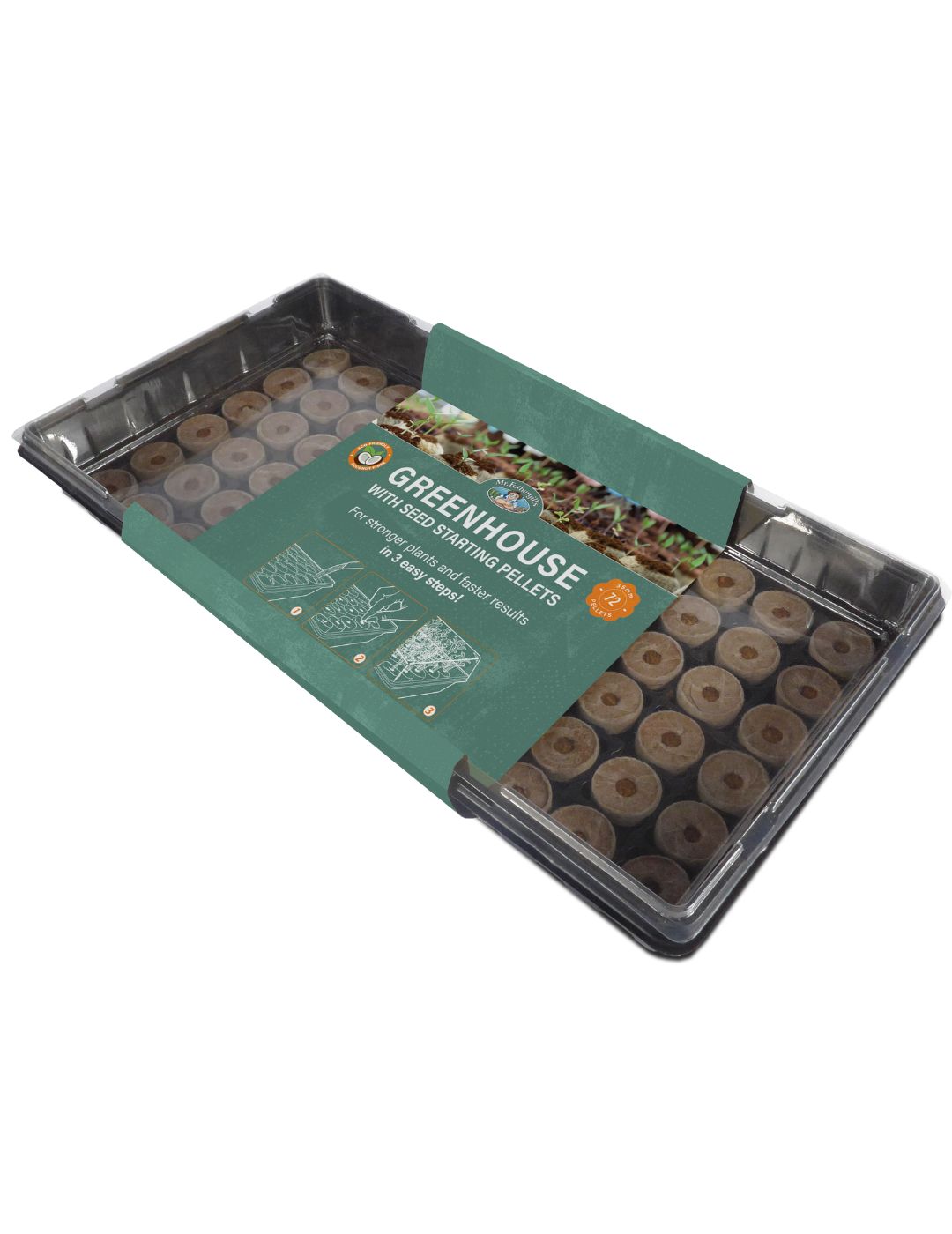
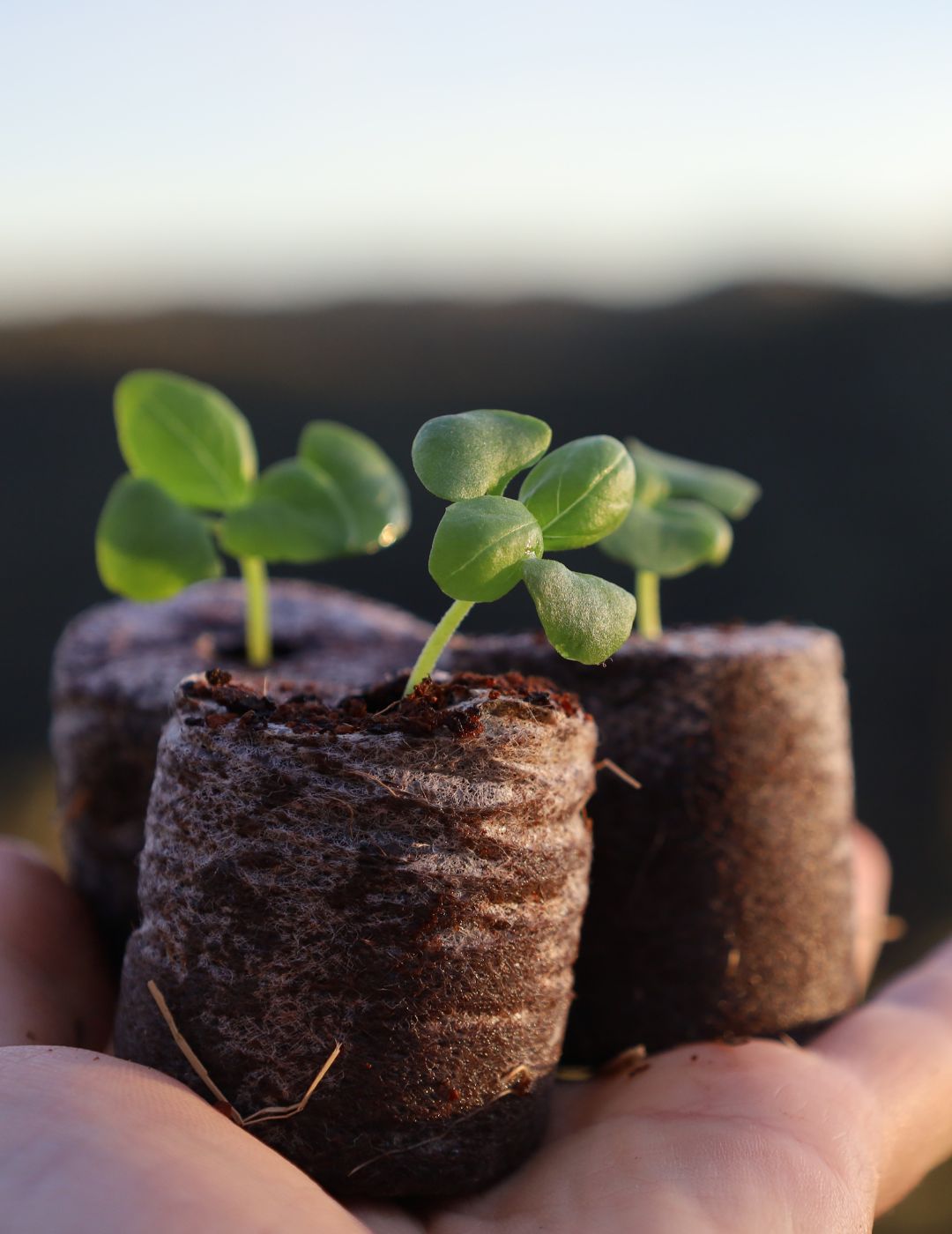
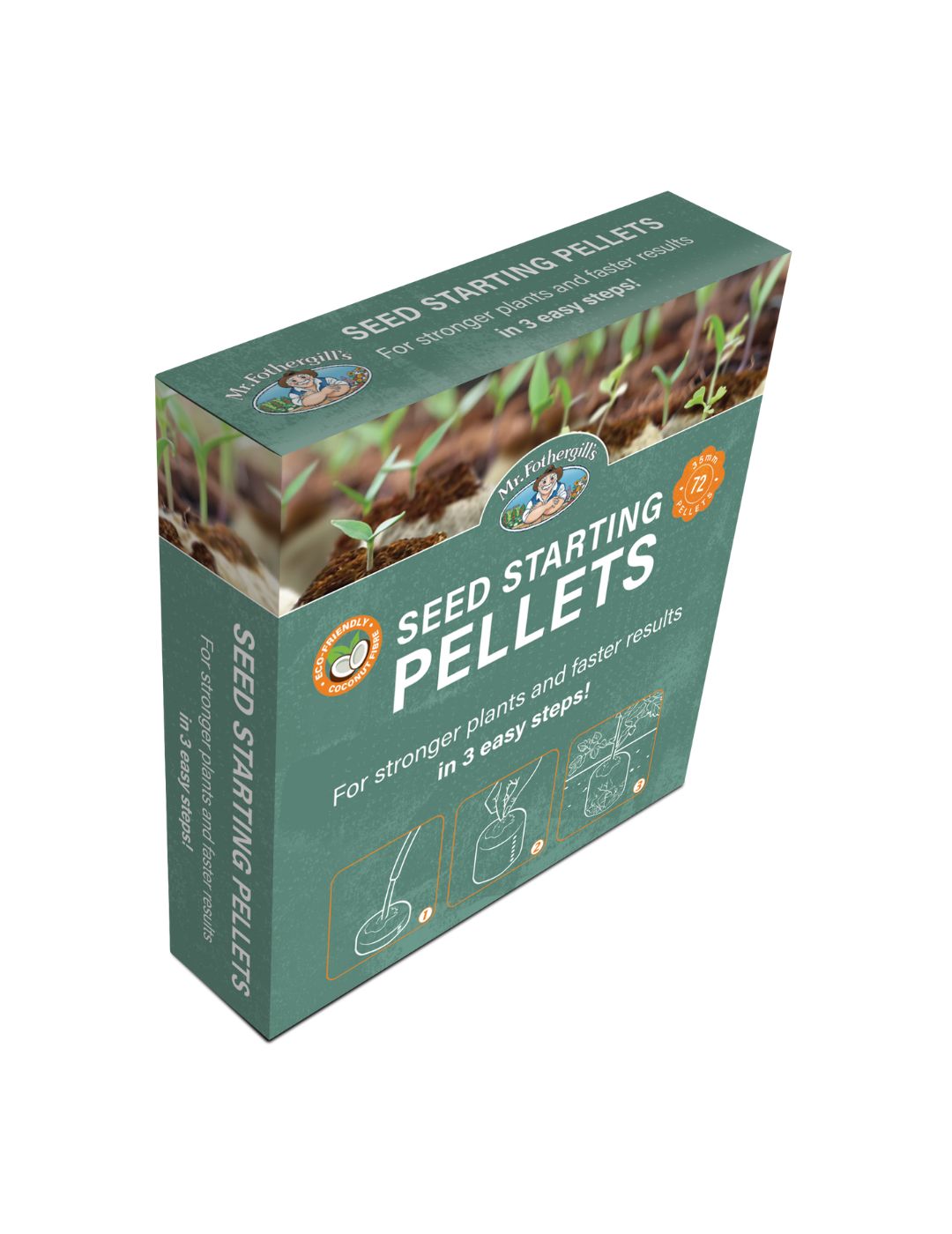
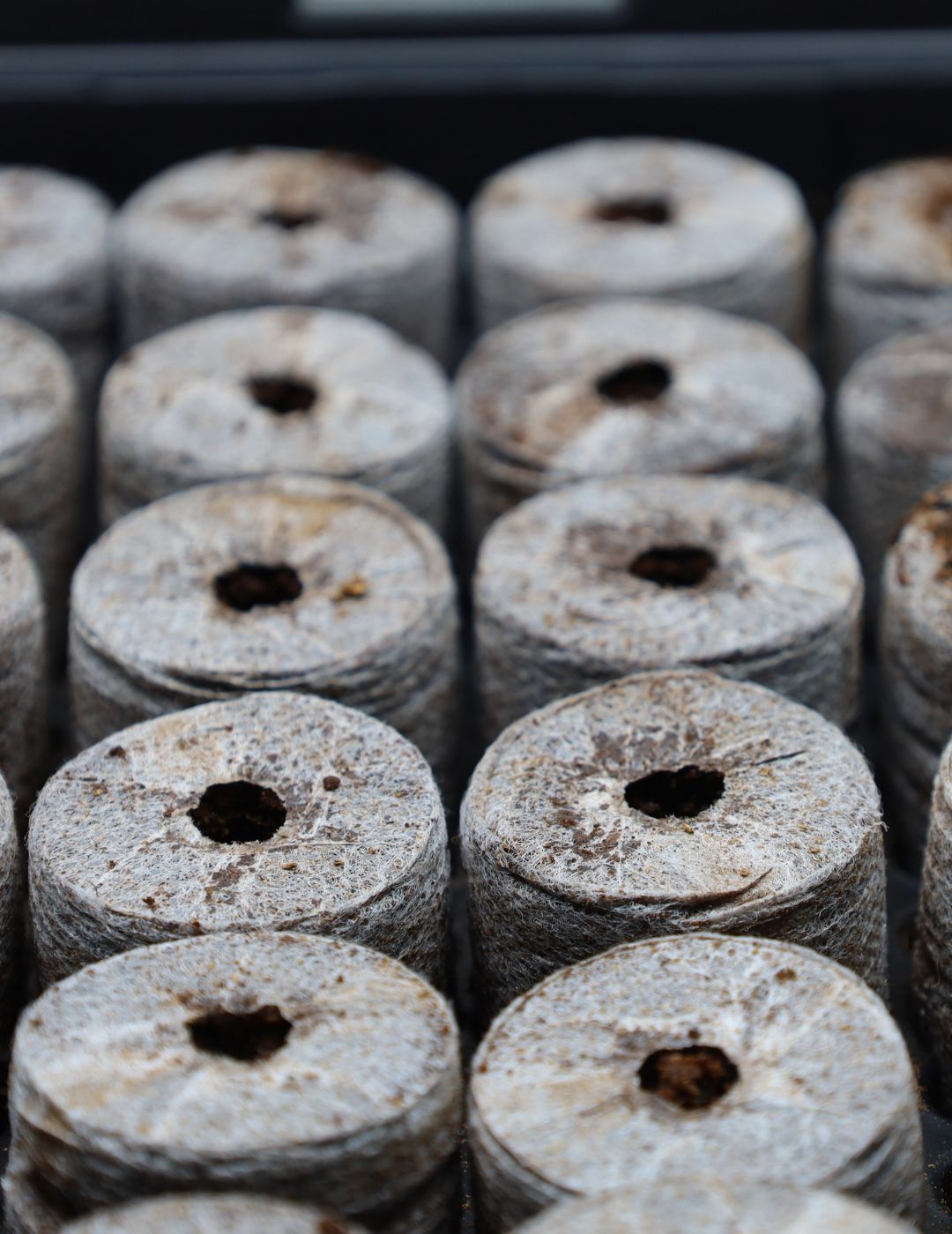
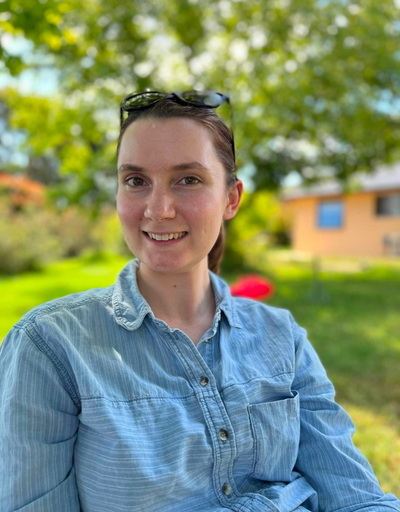
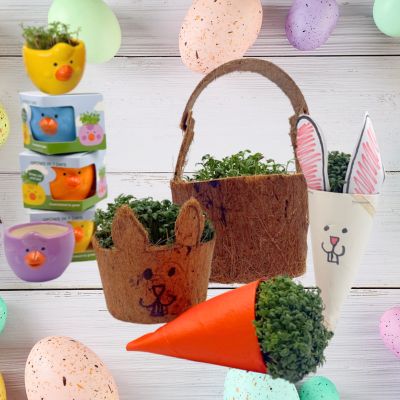



Leave a comment
All comments are moderated before being published.
This site is protected by hCaptcha and the hCaptcha Privacy Policy and Terms of Service apply.